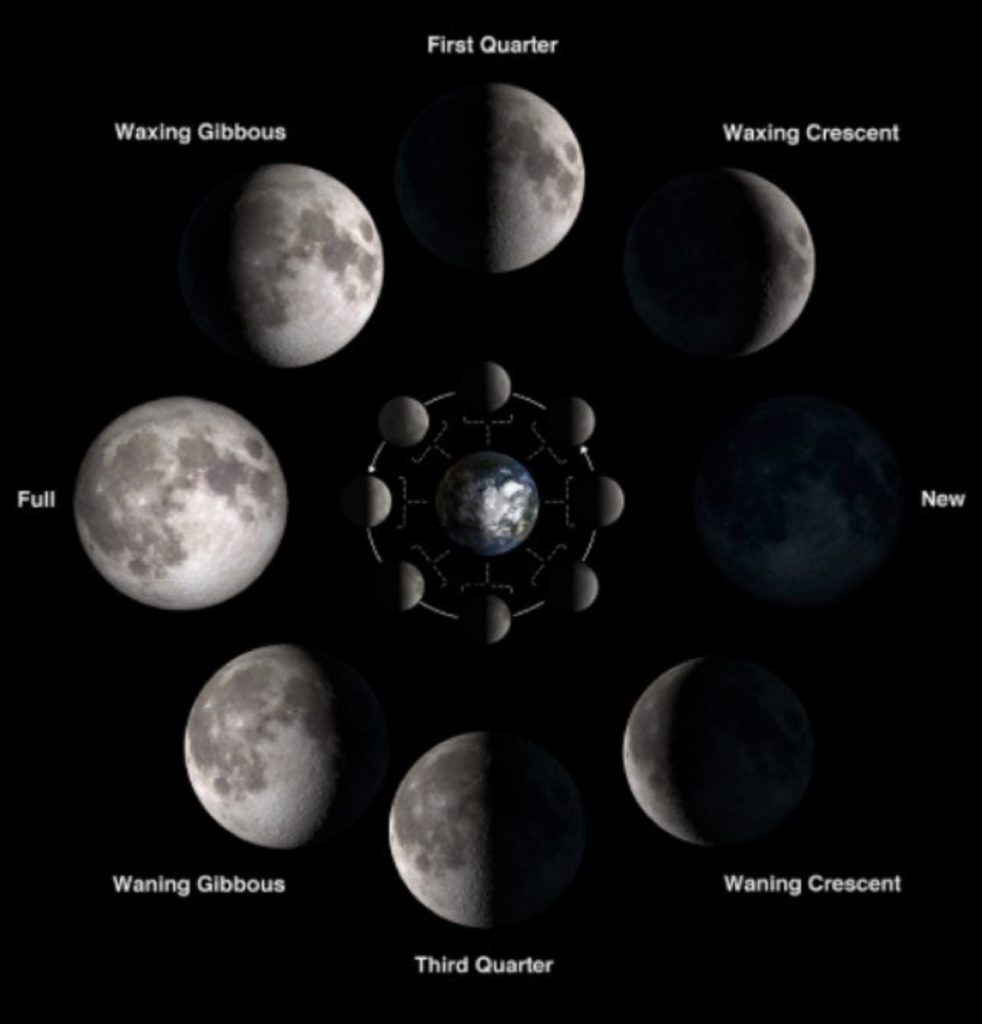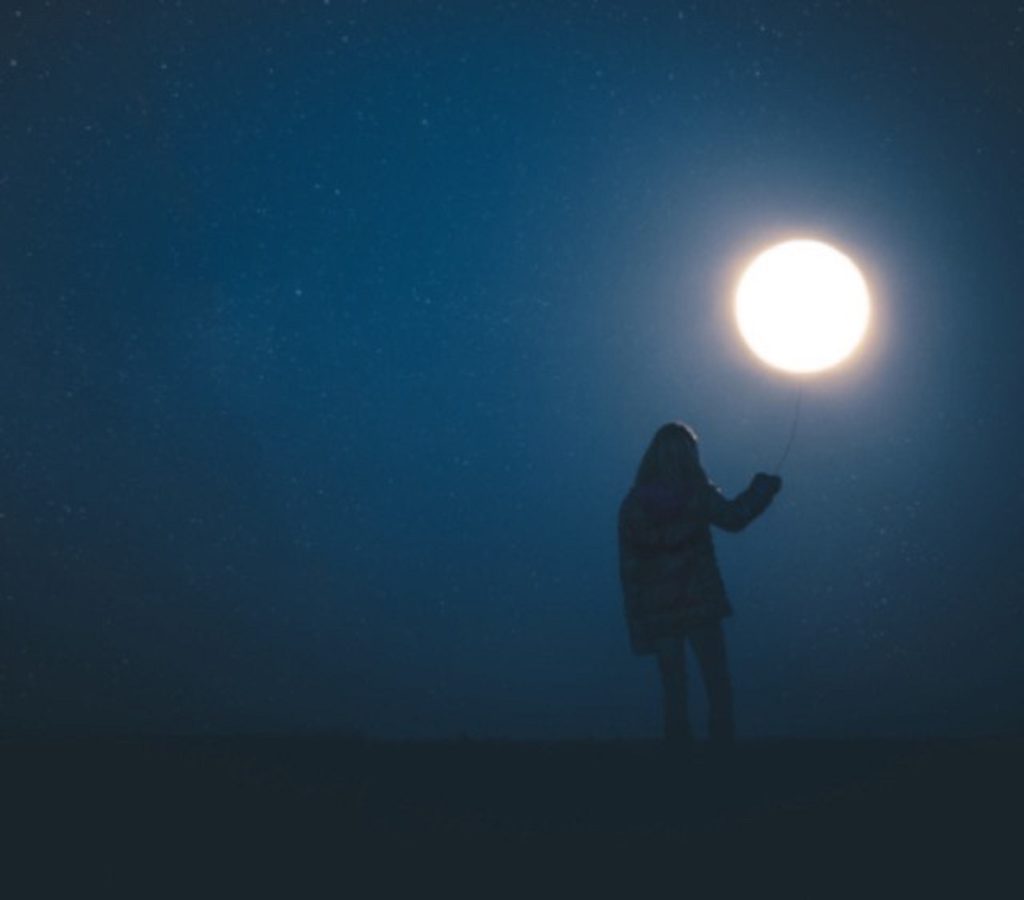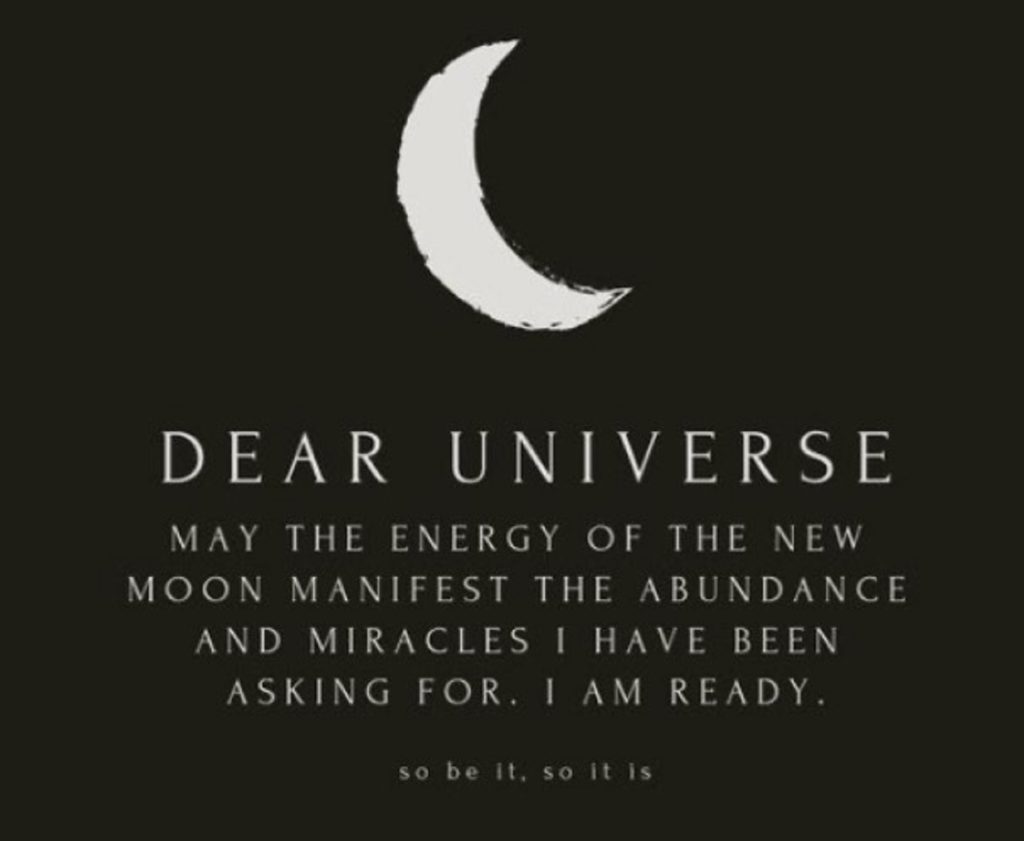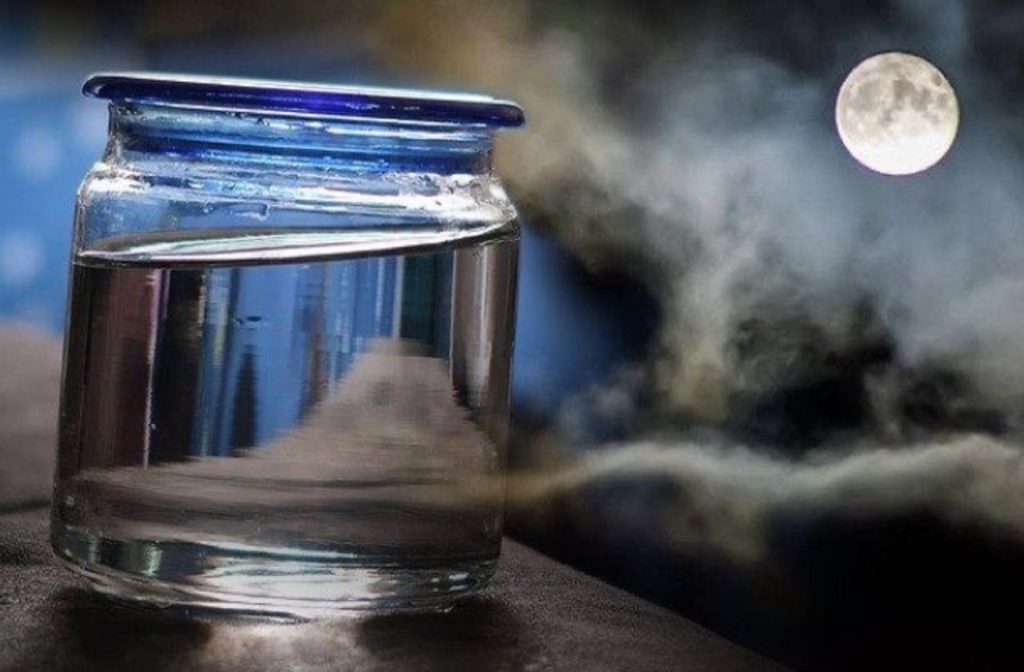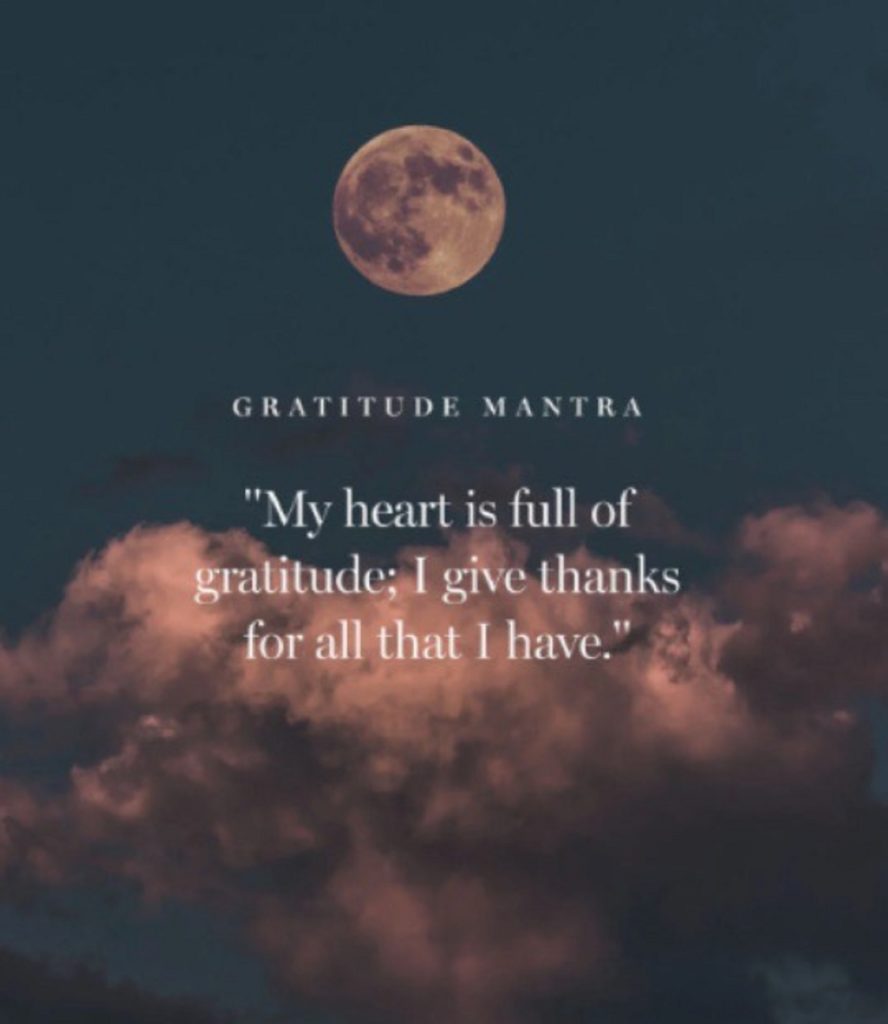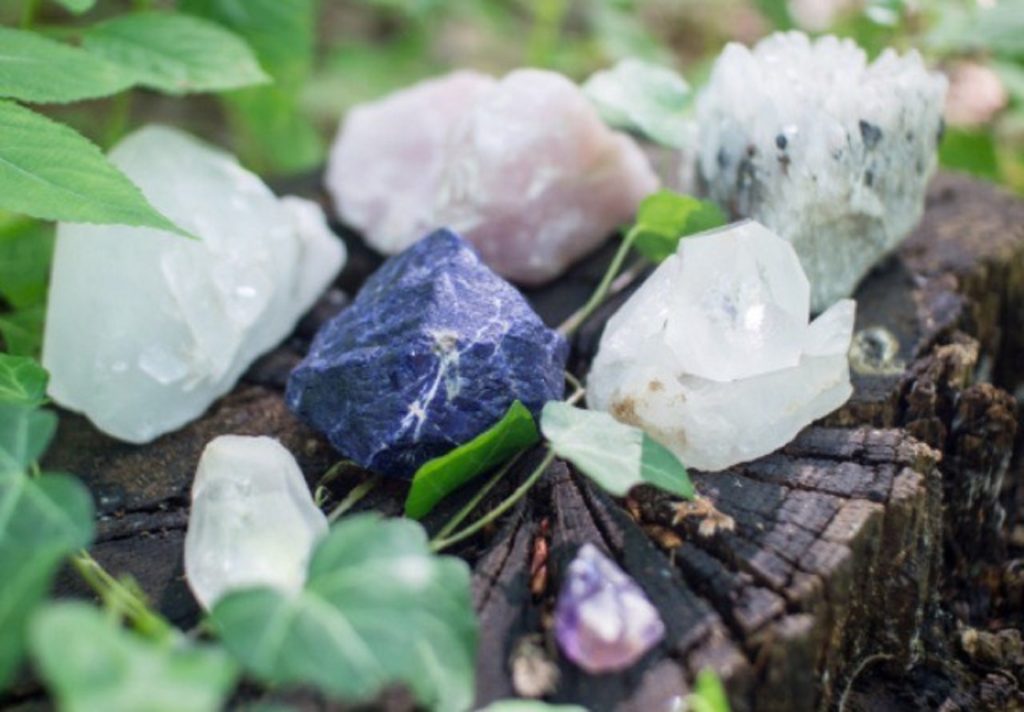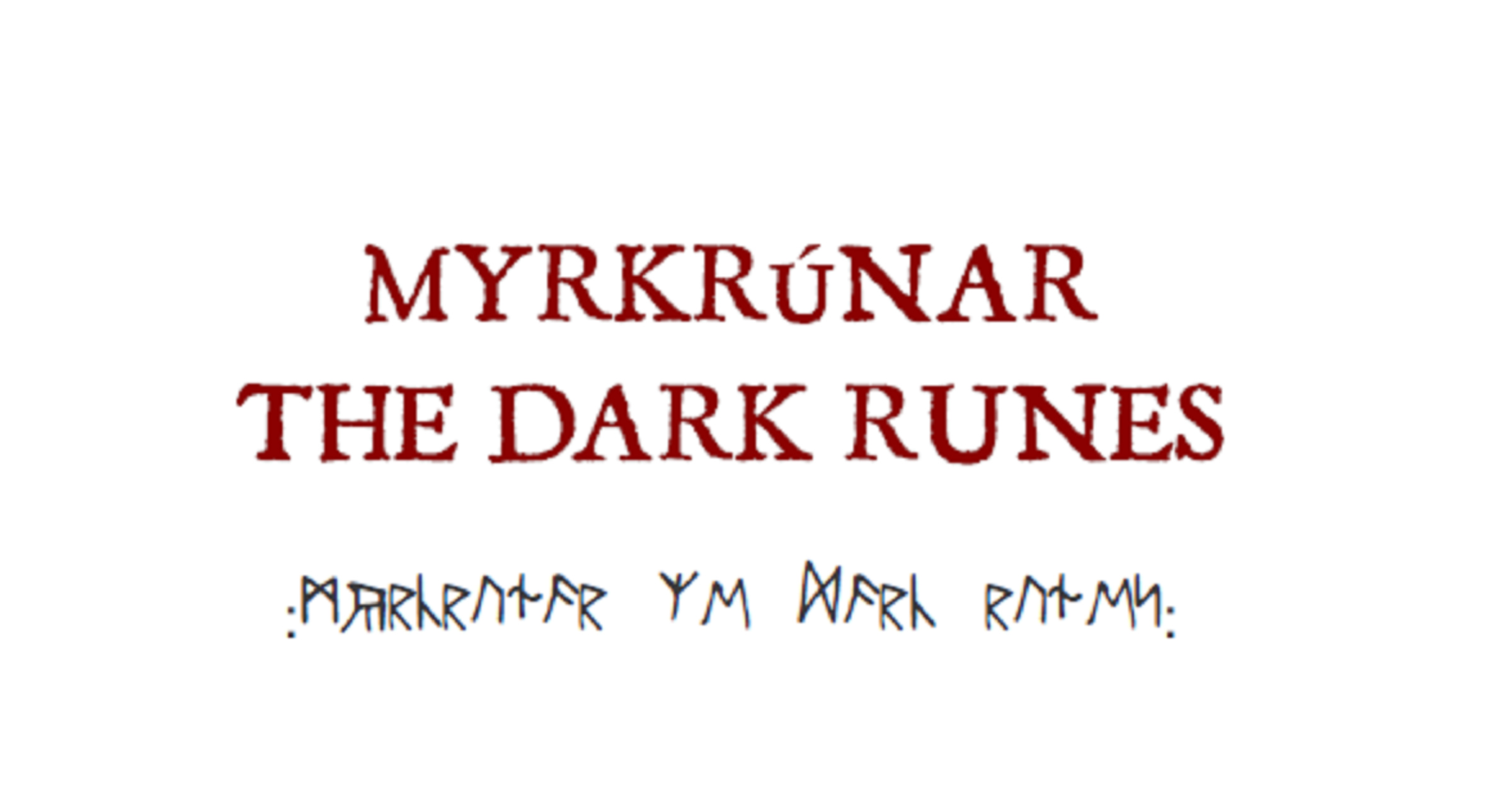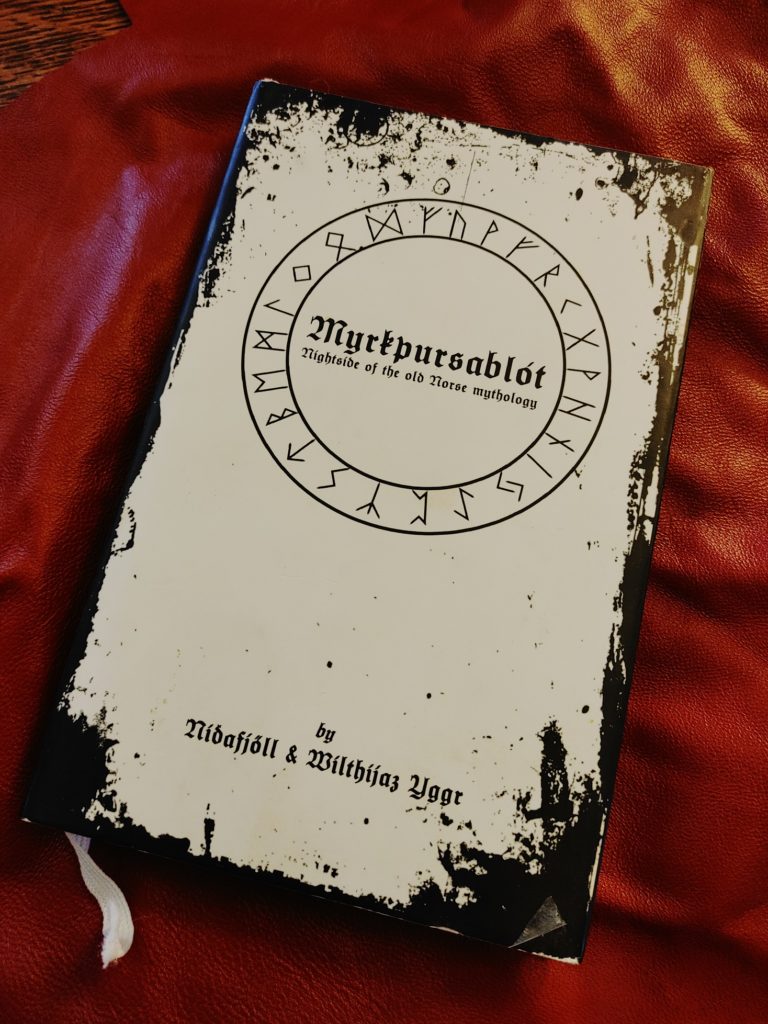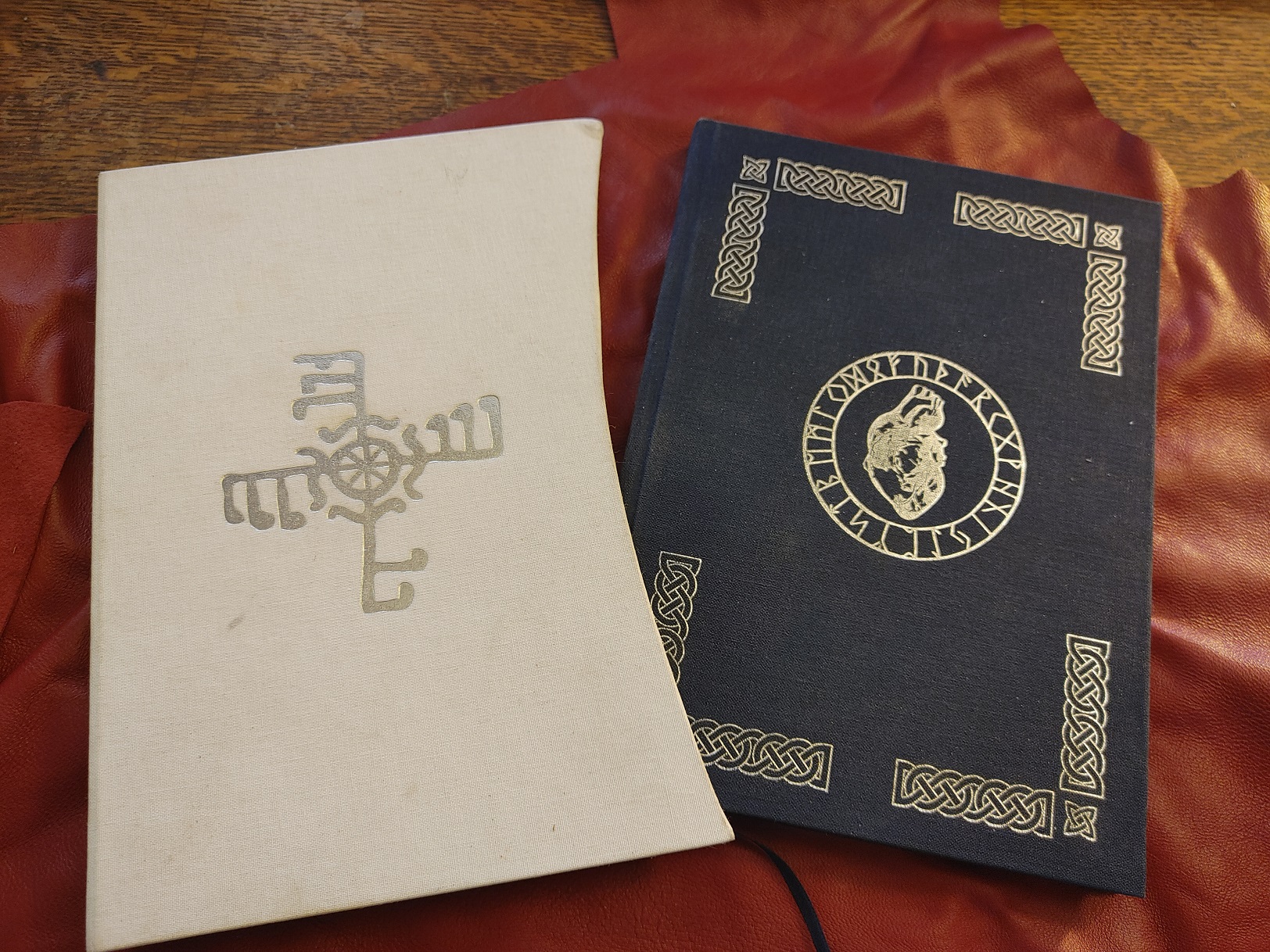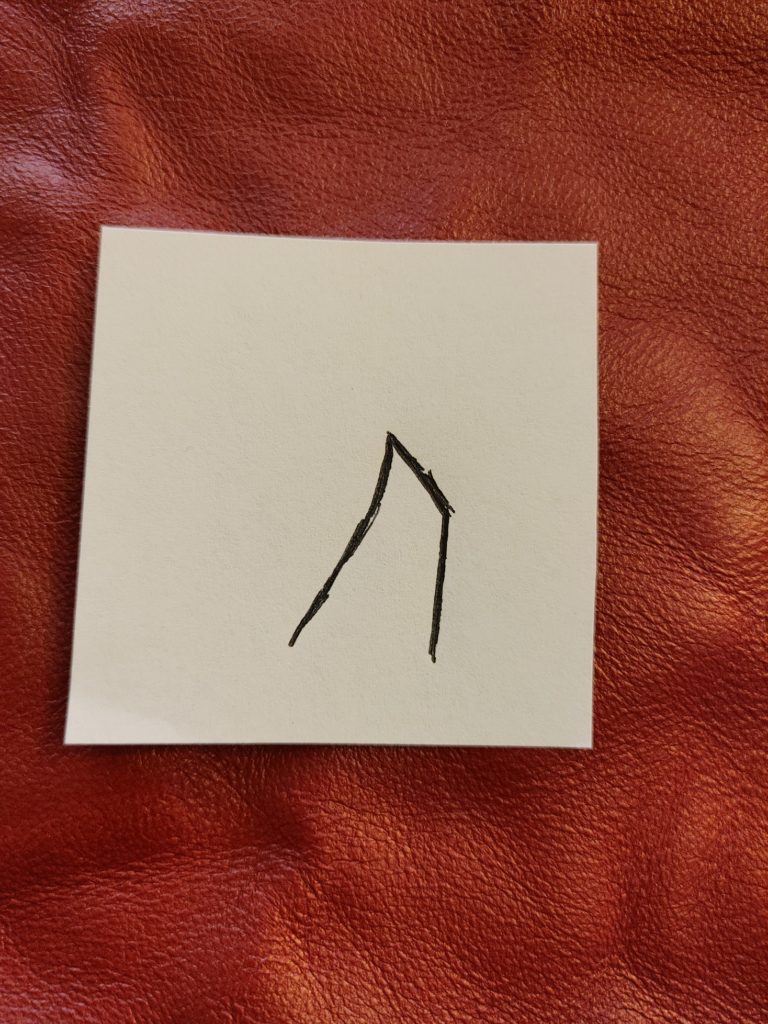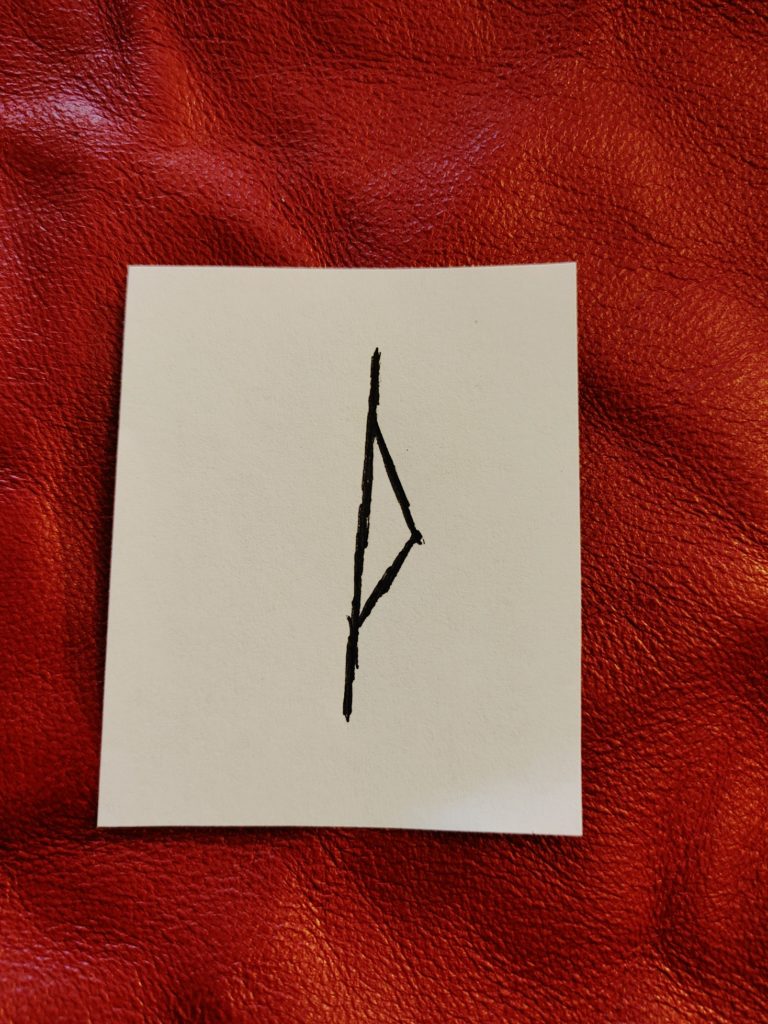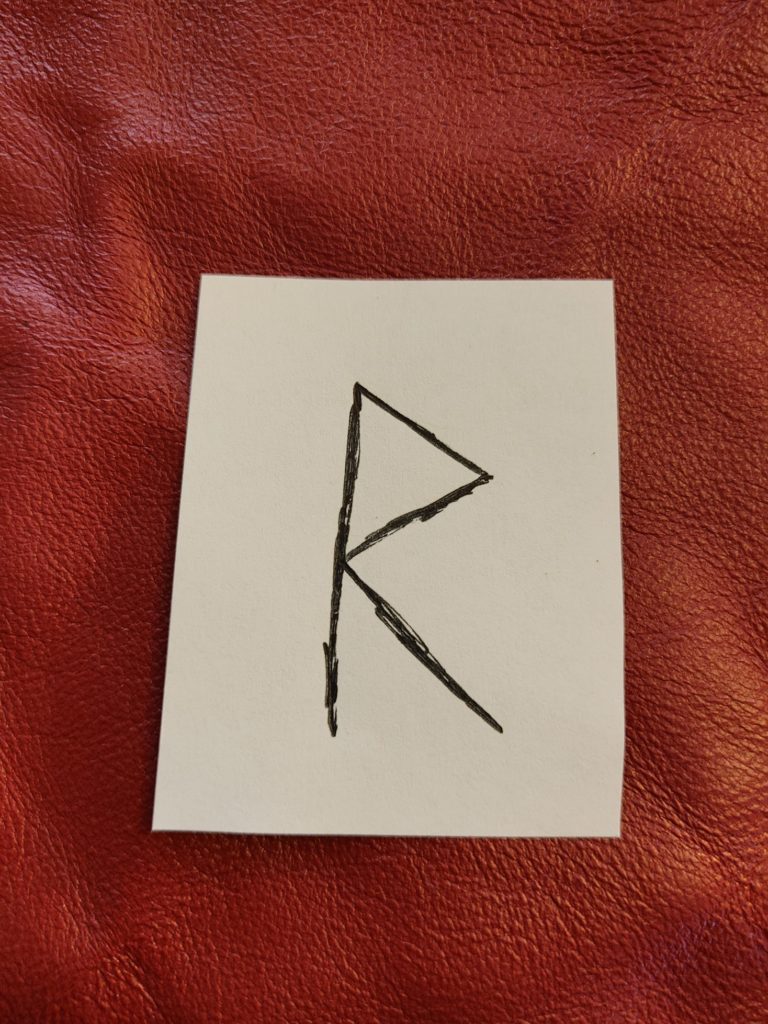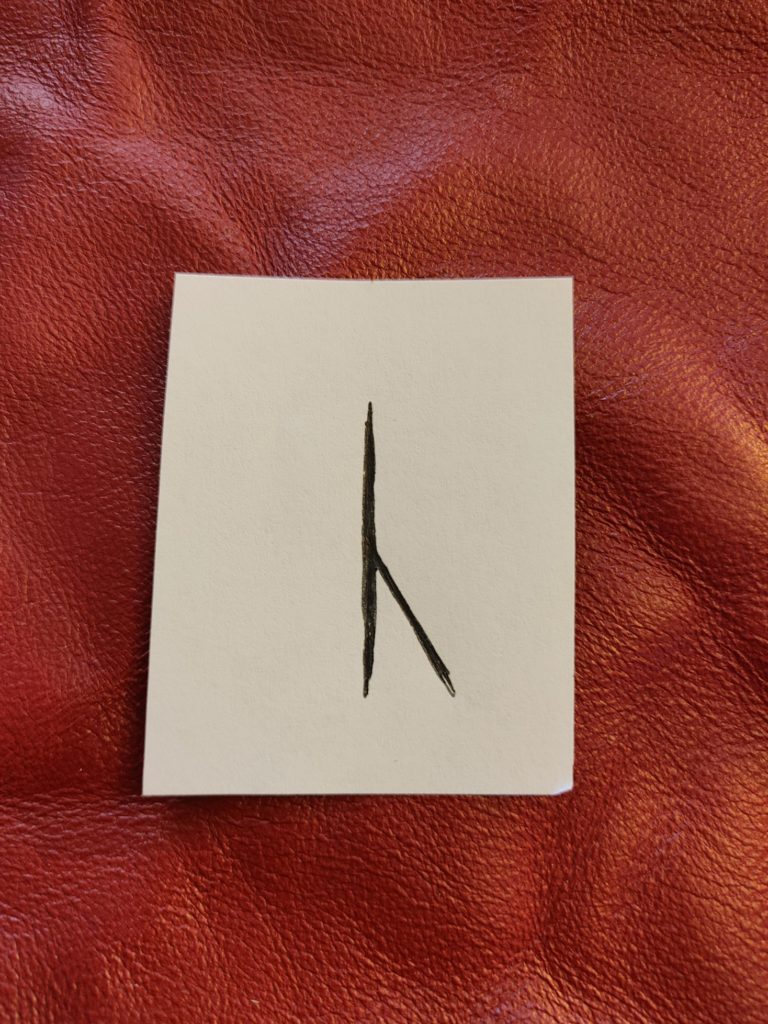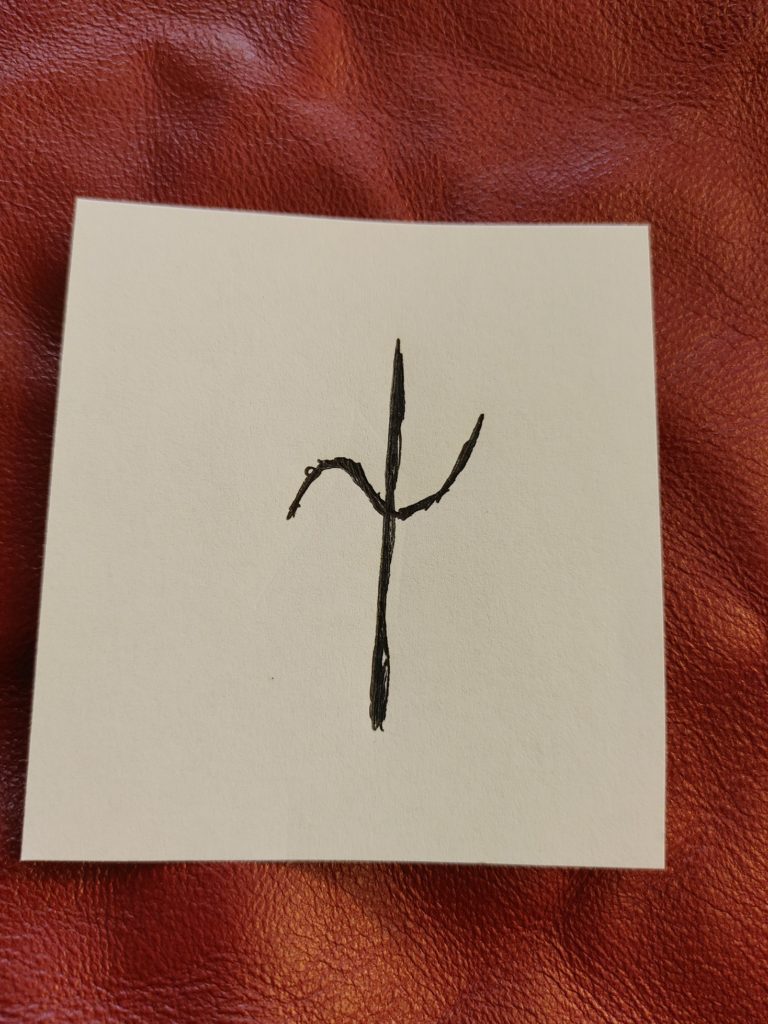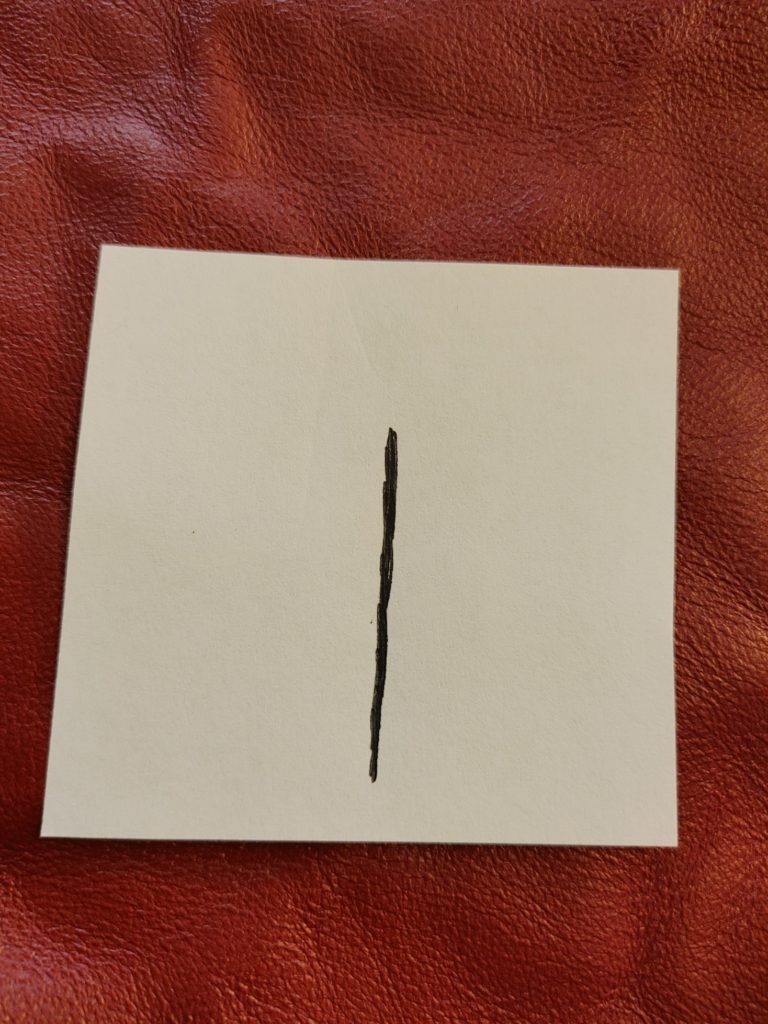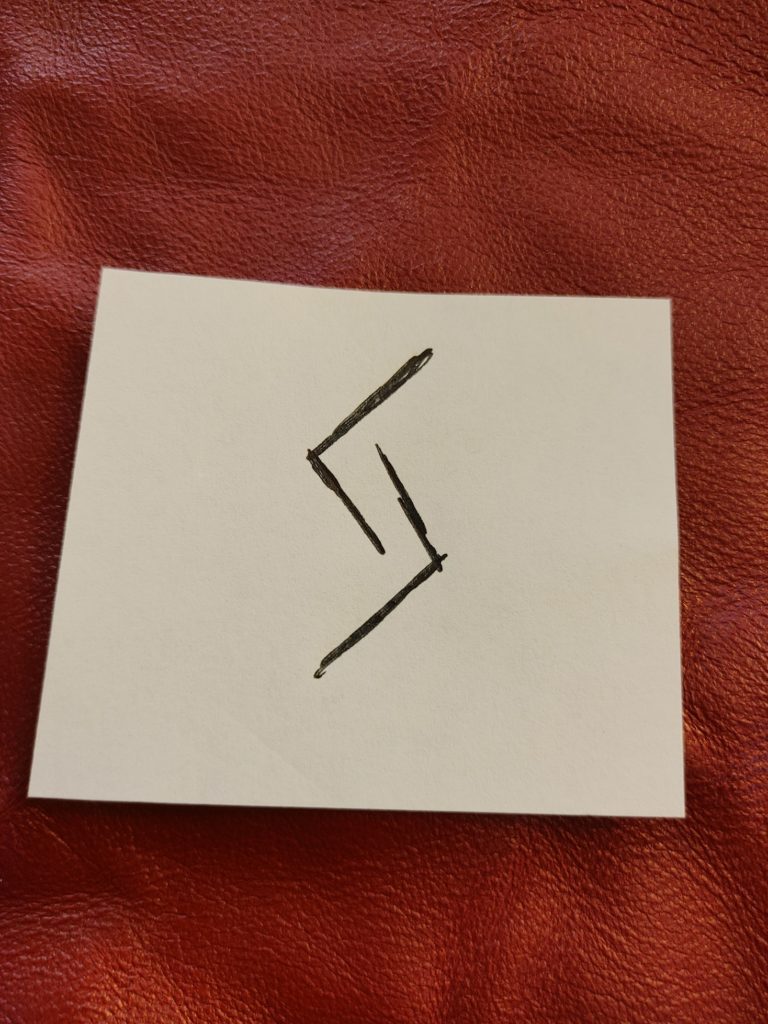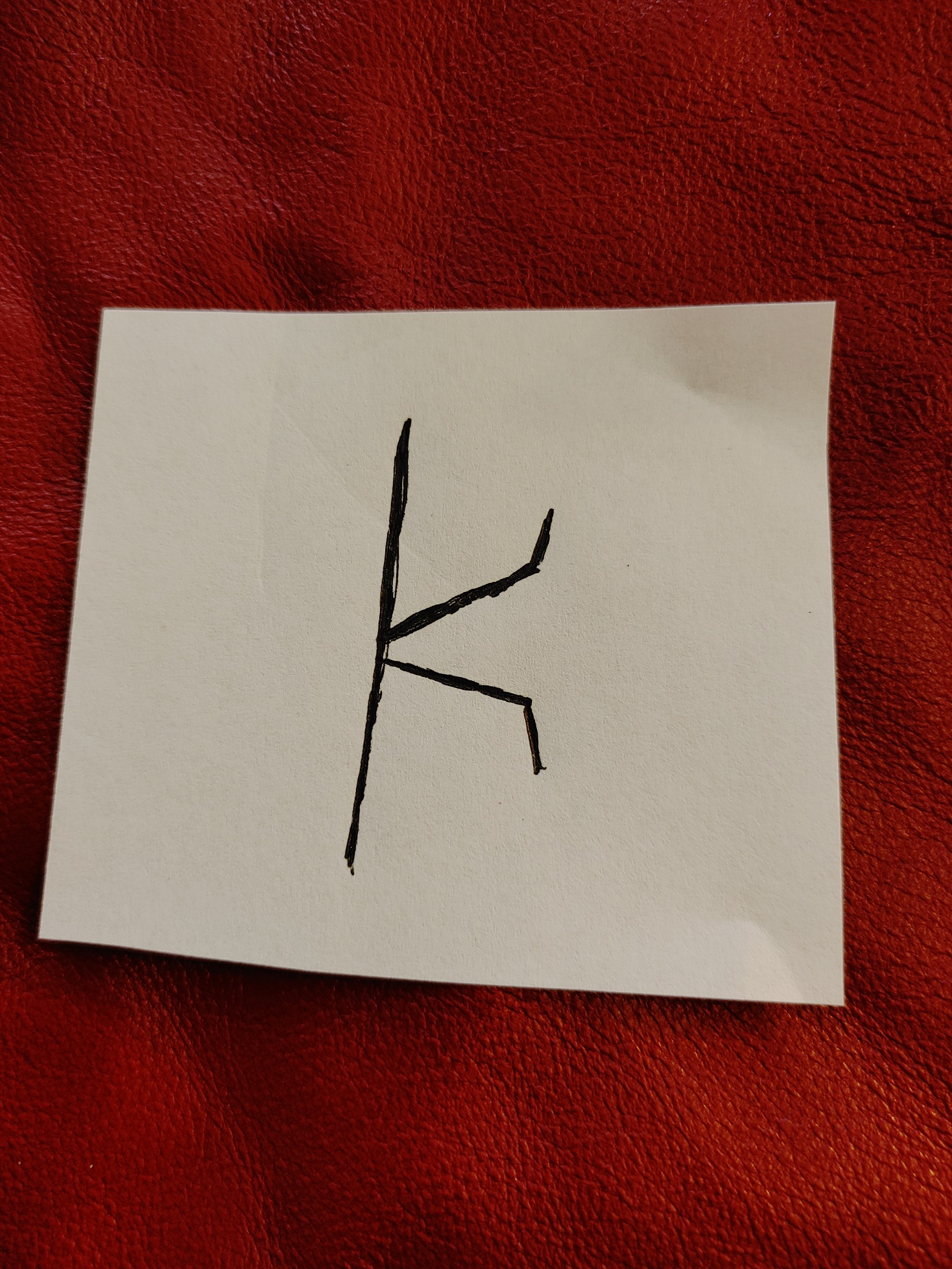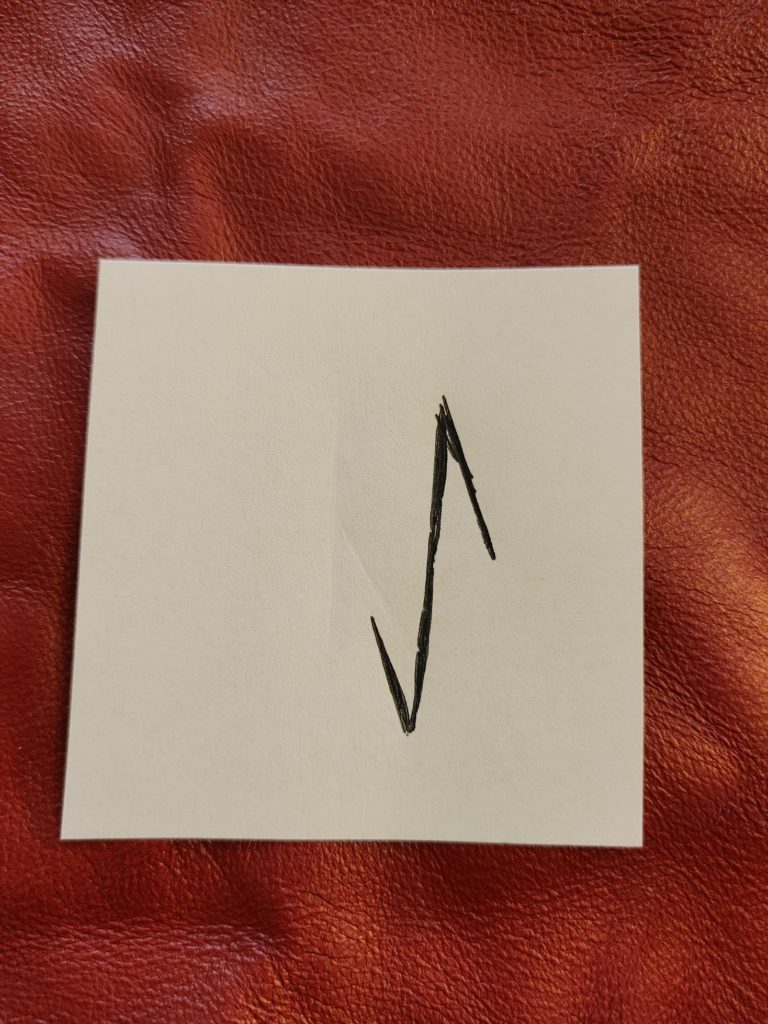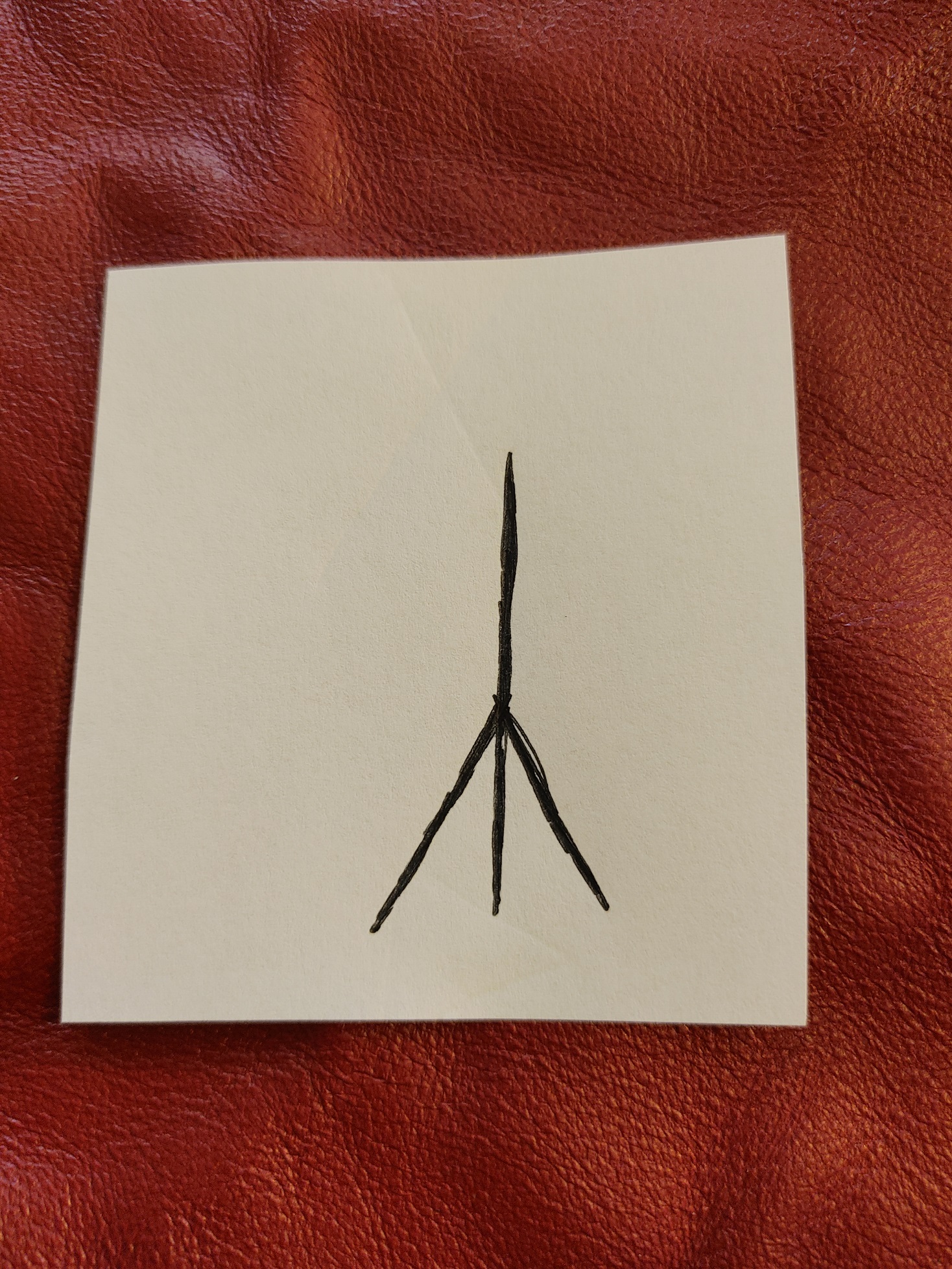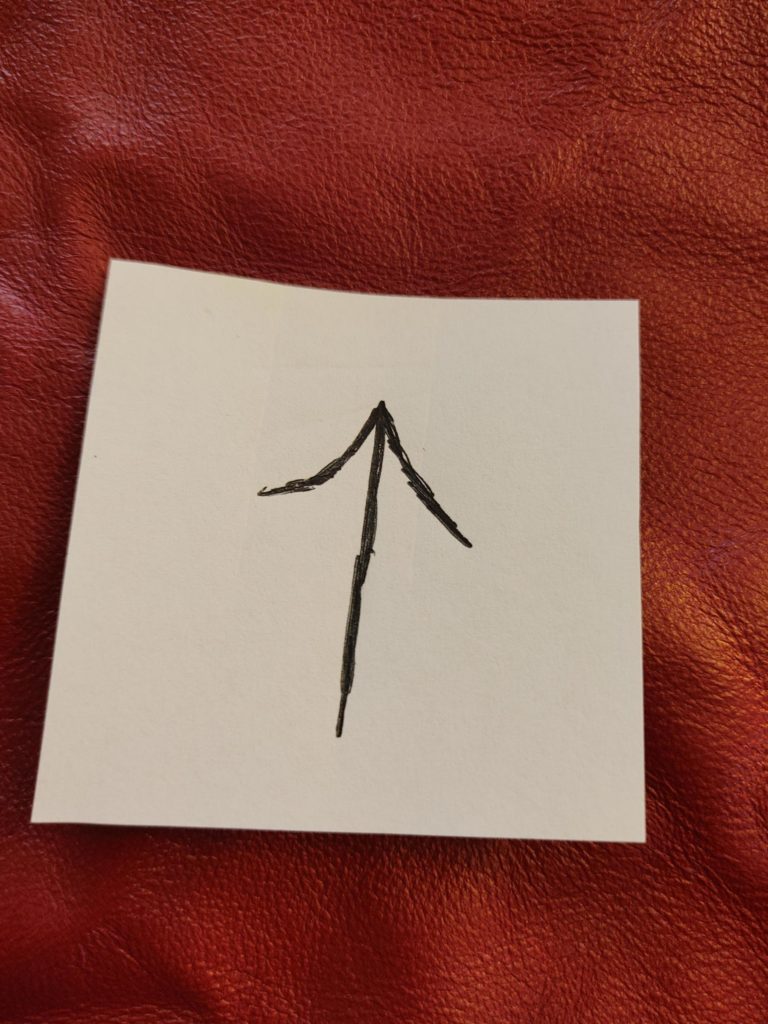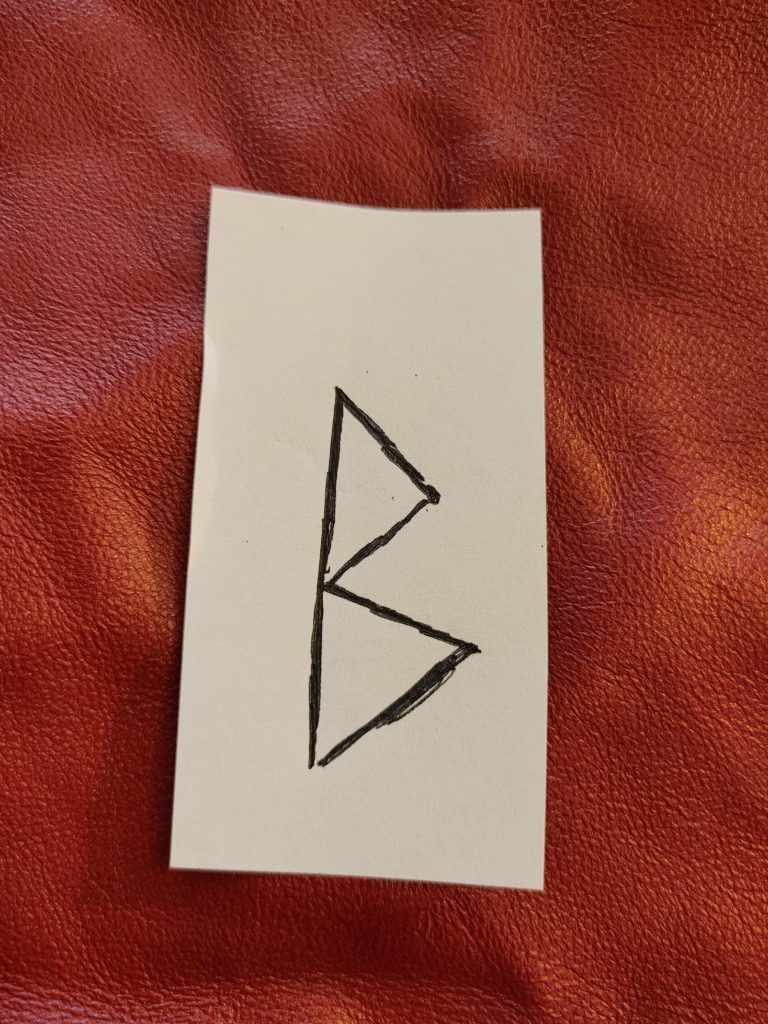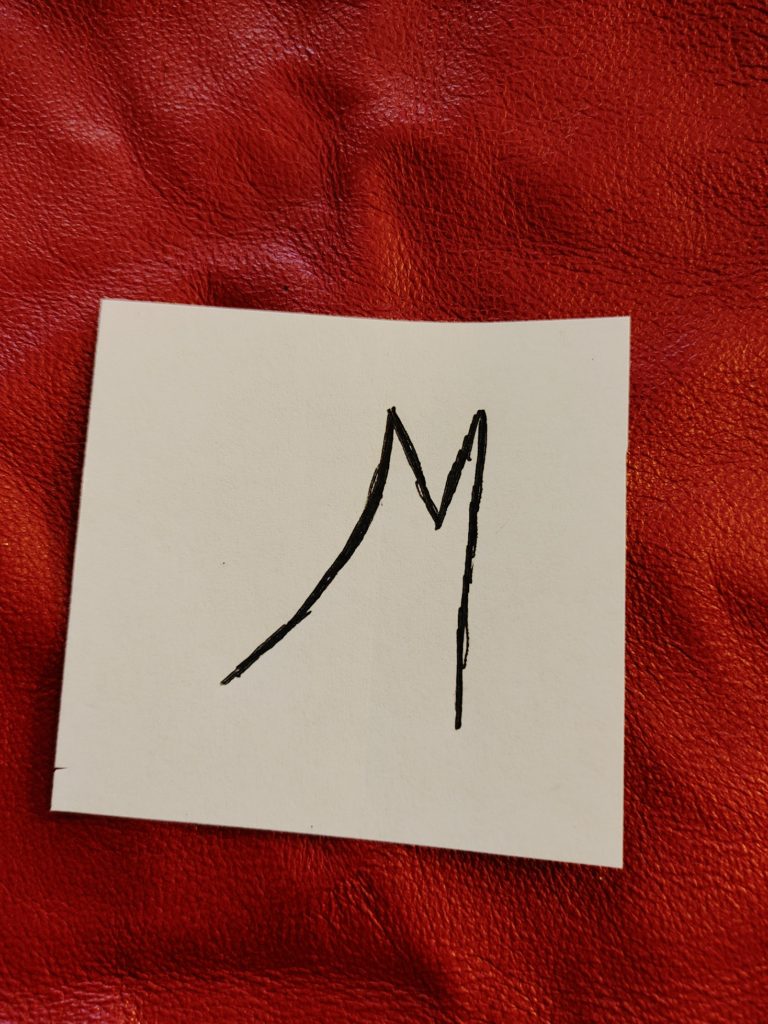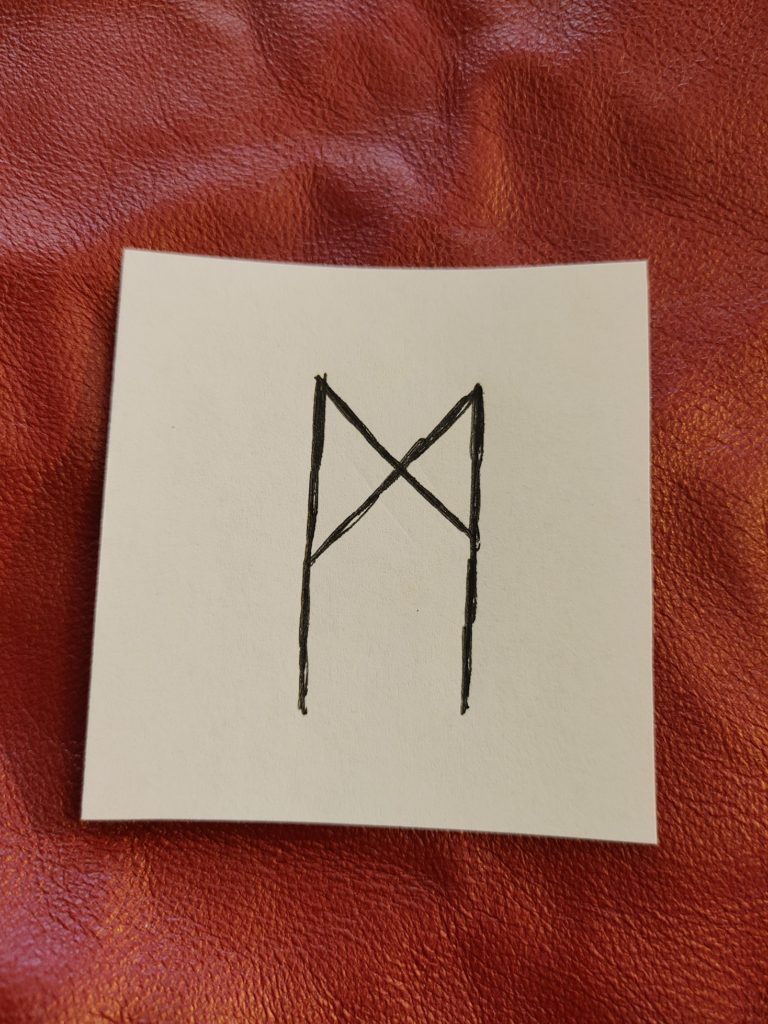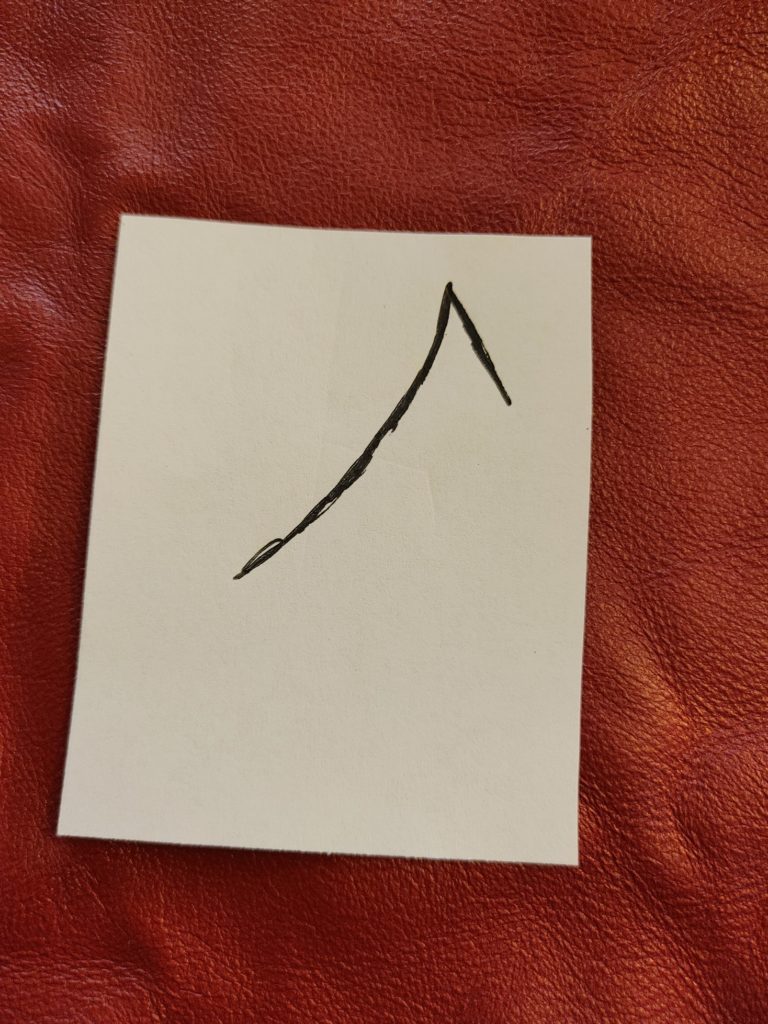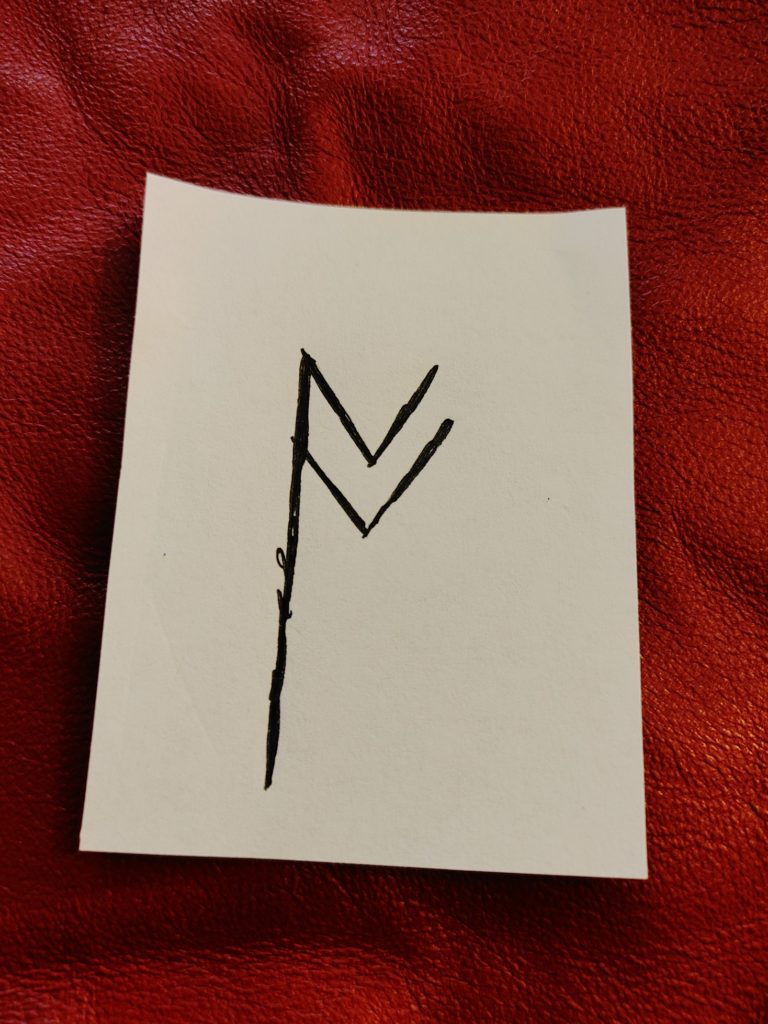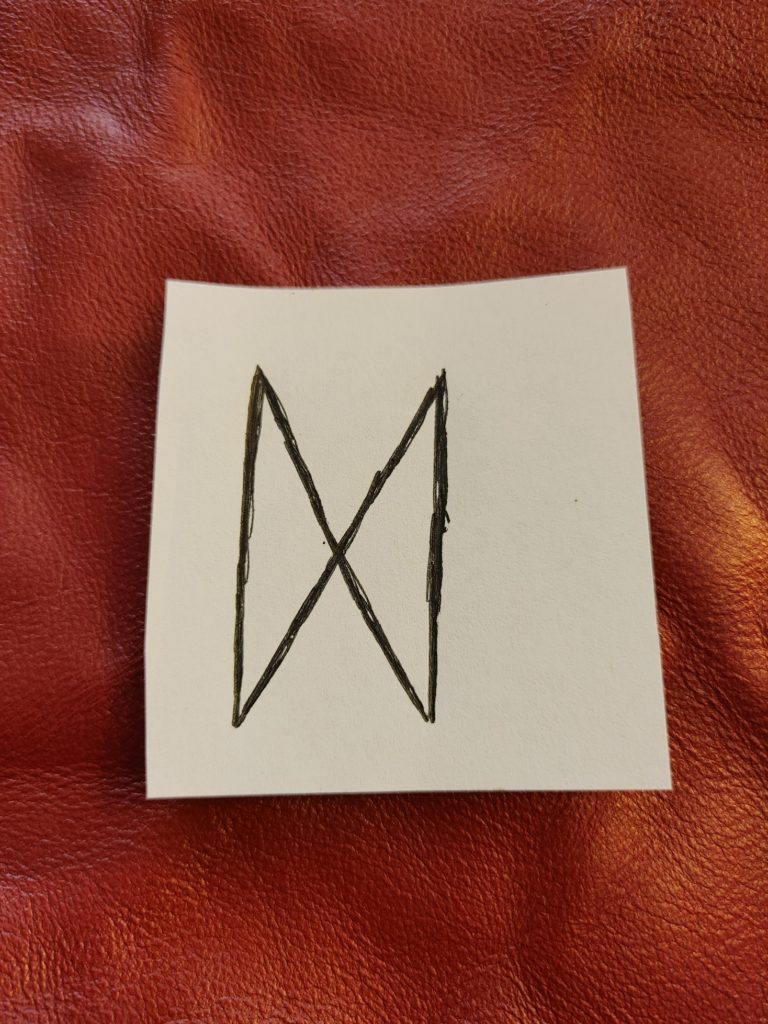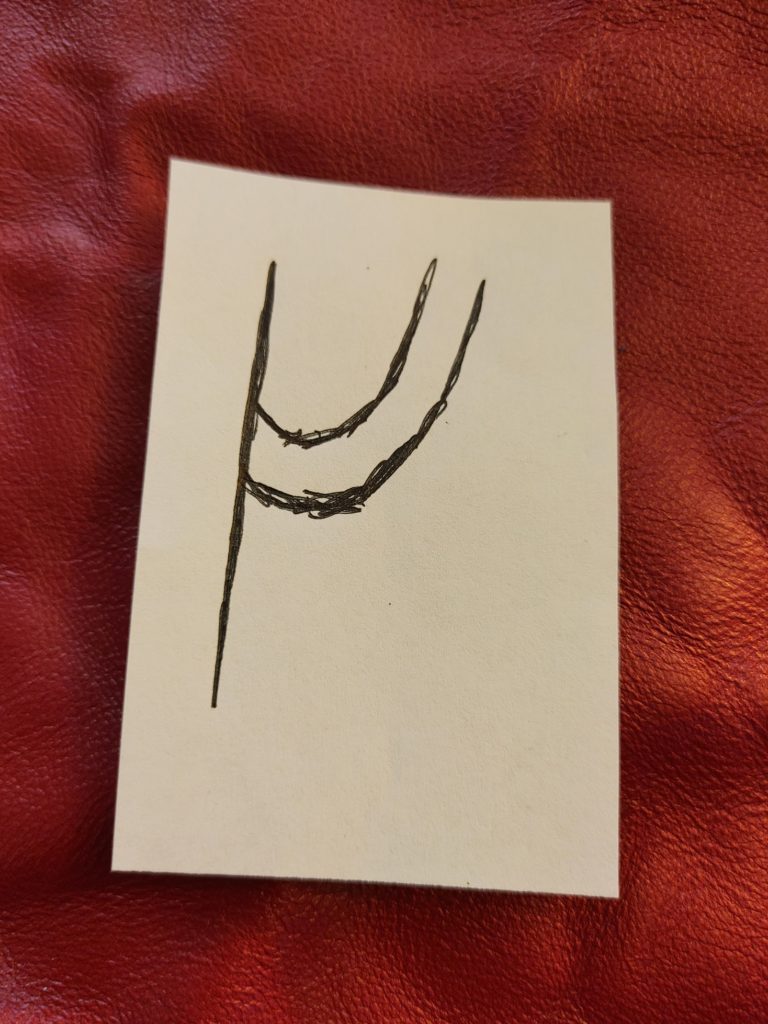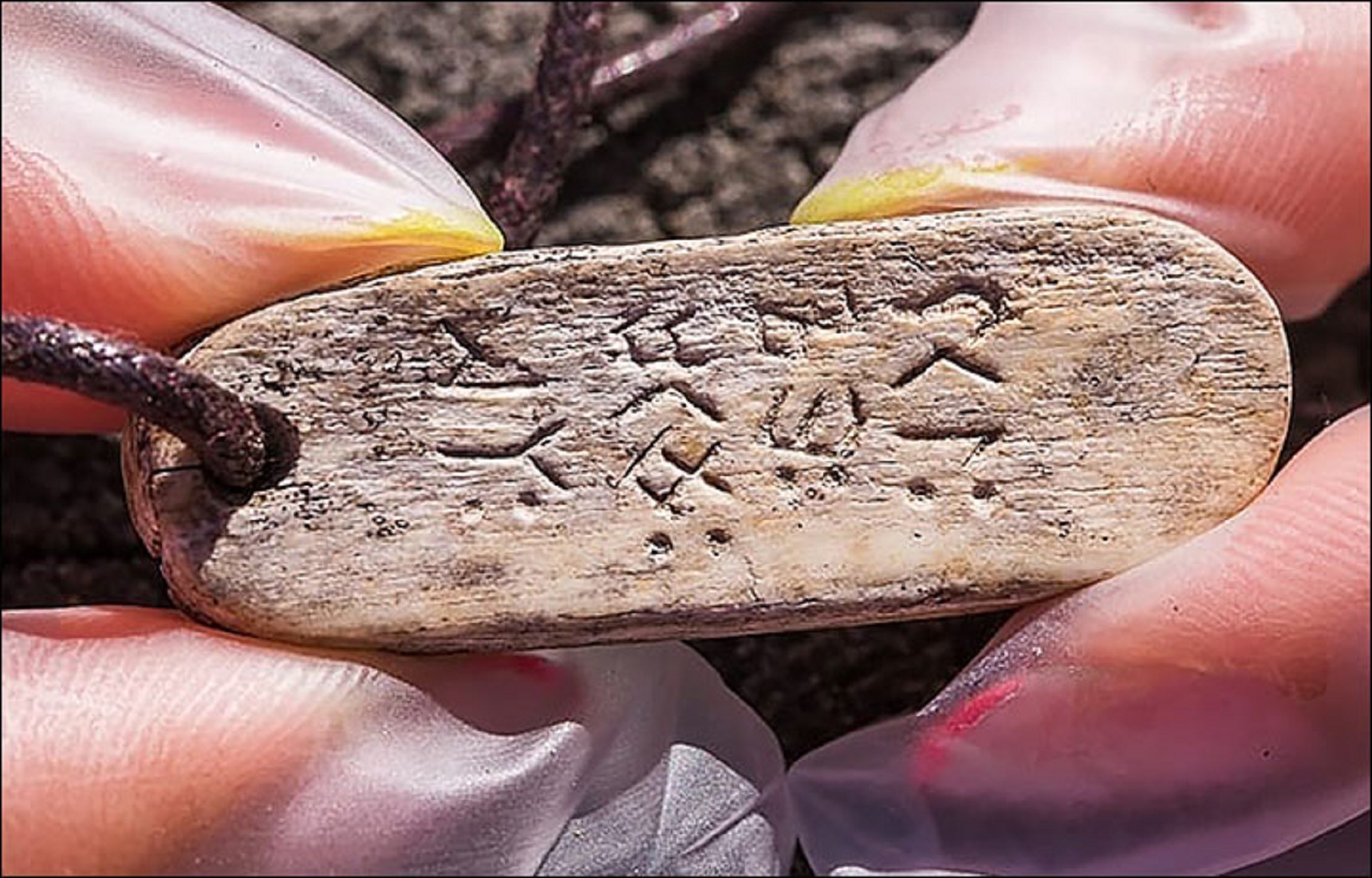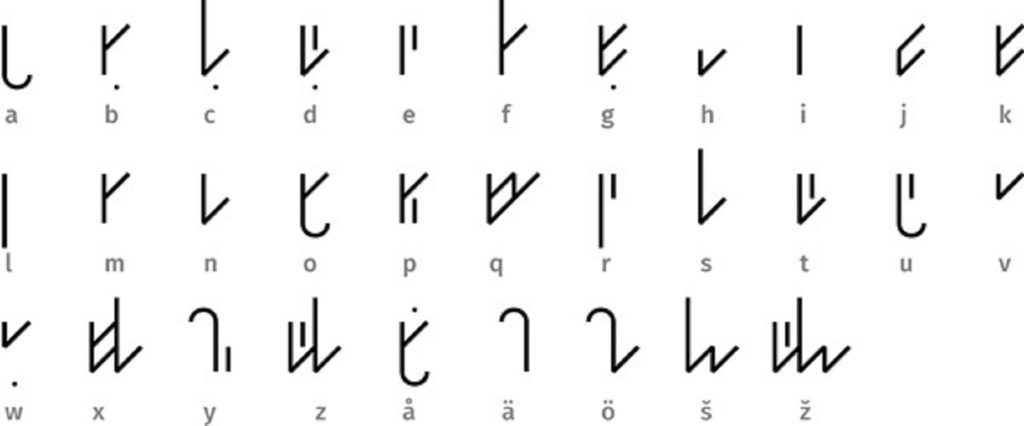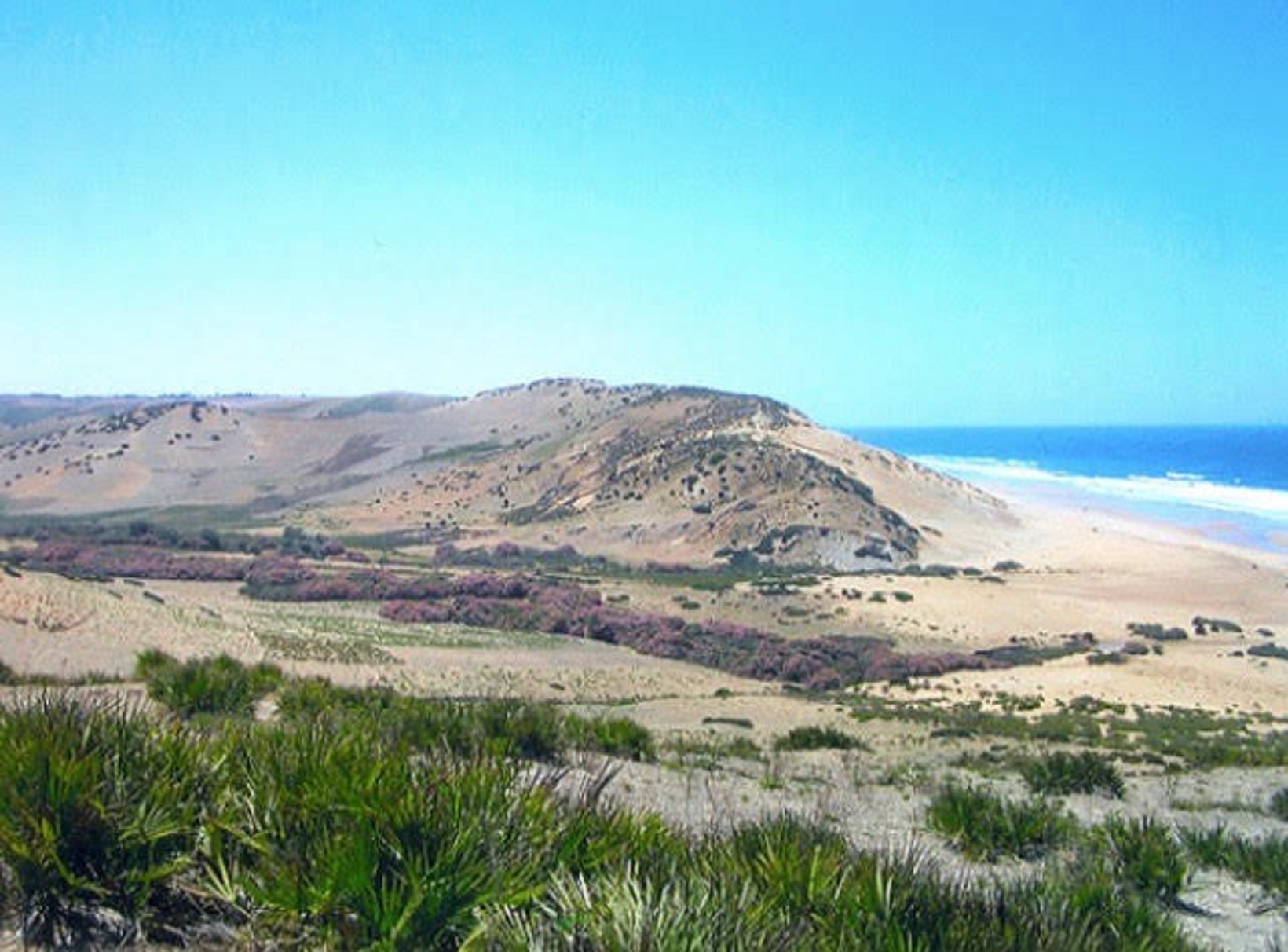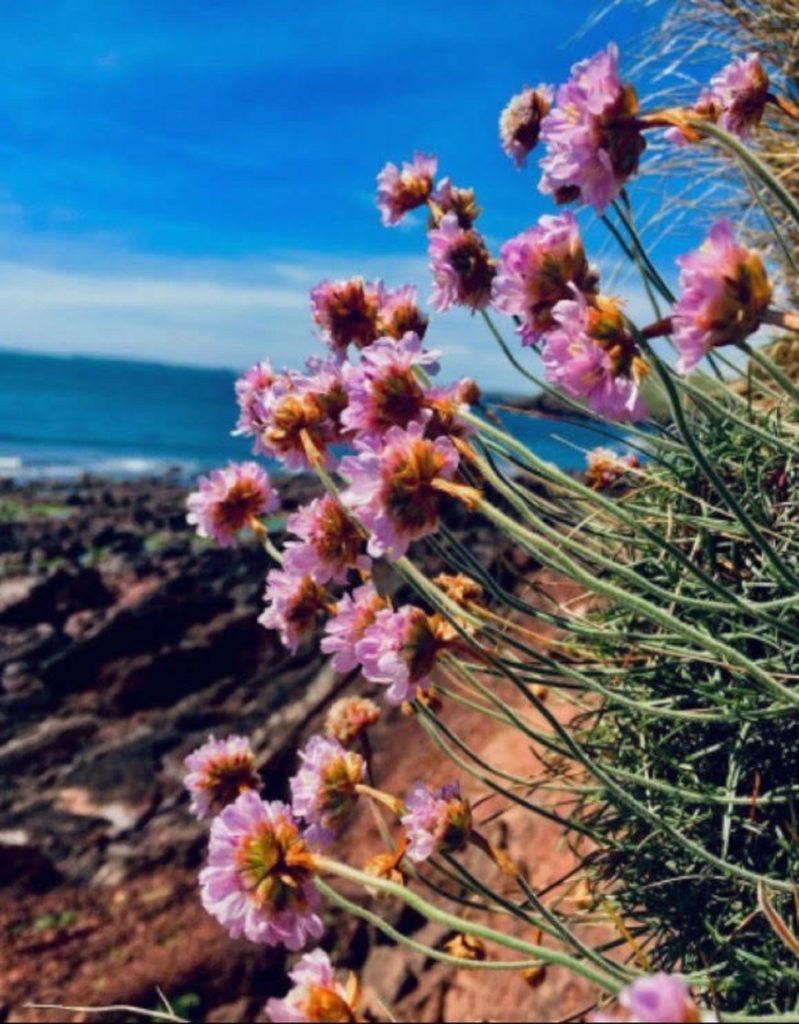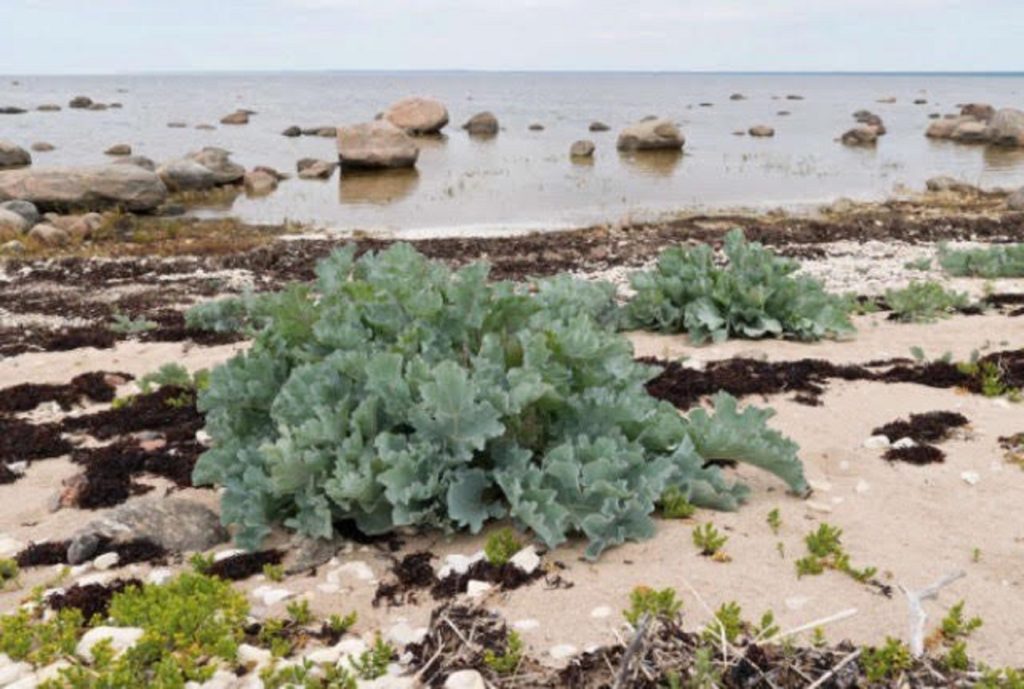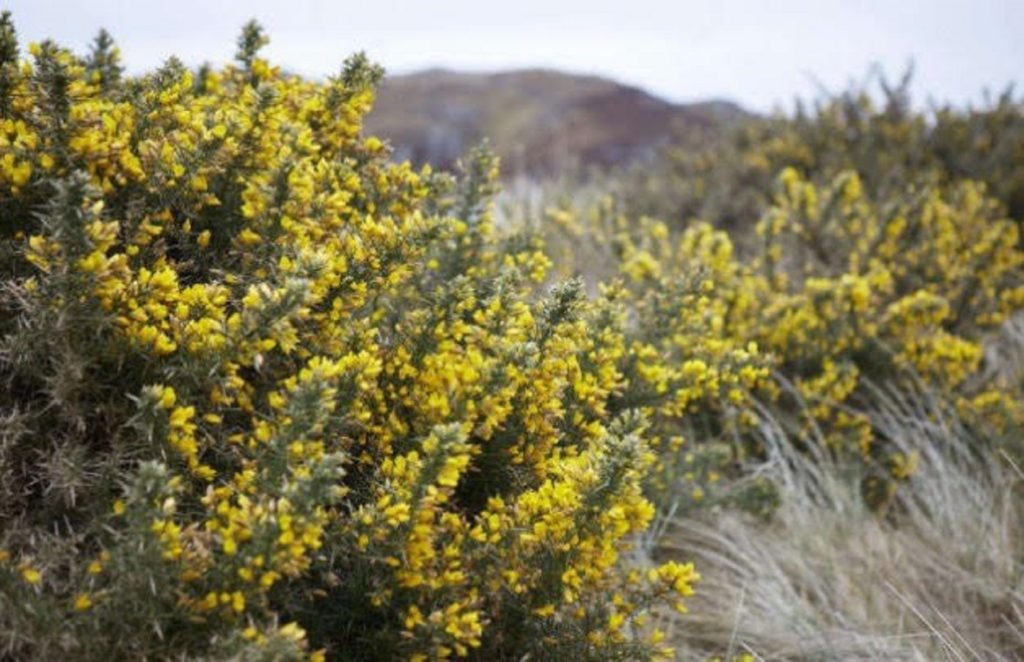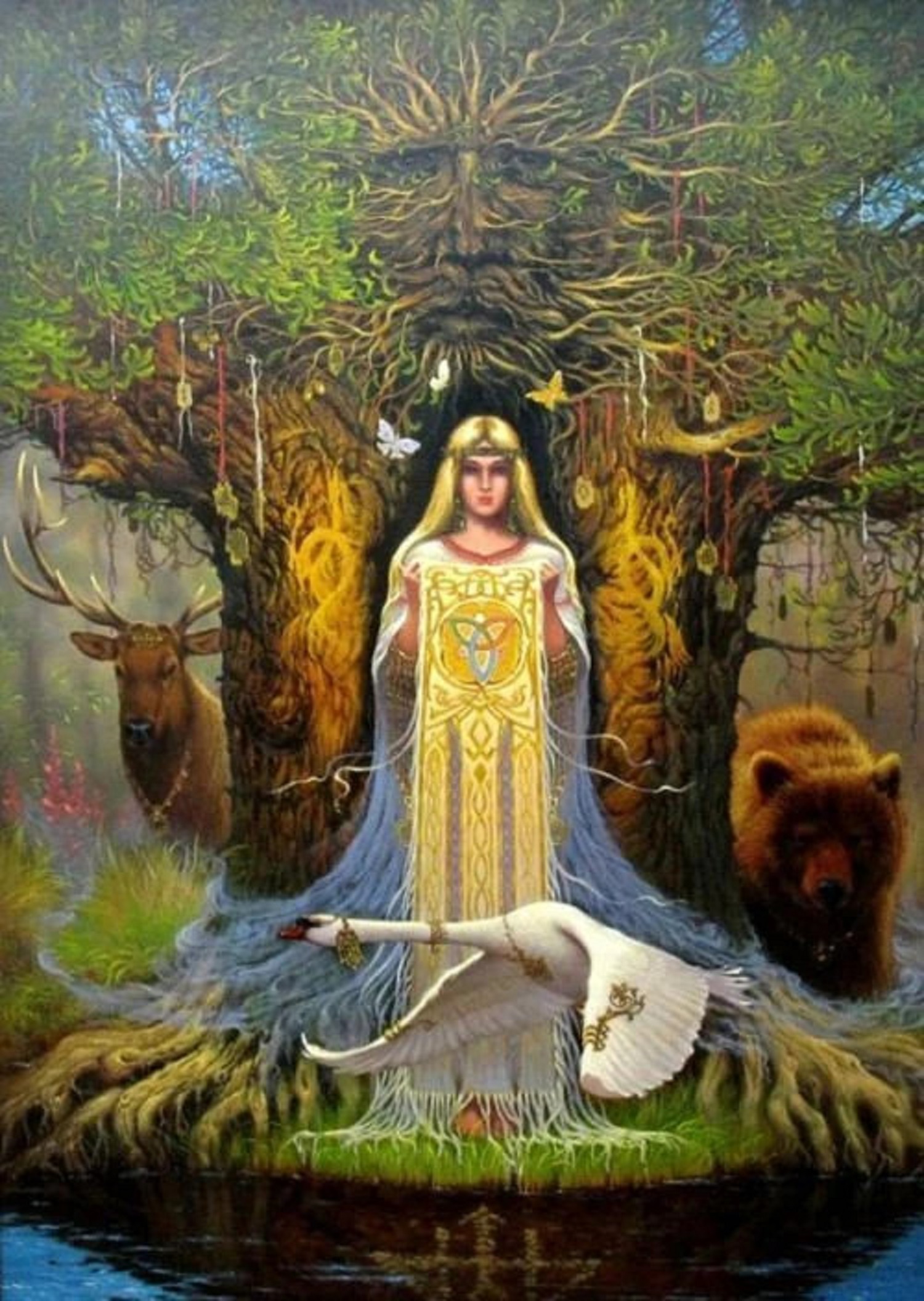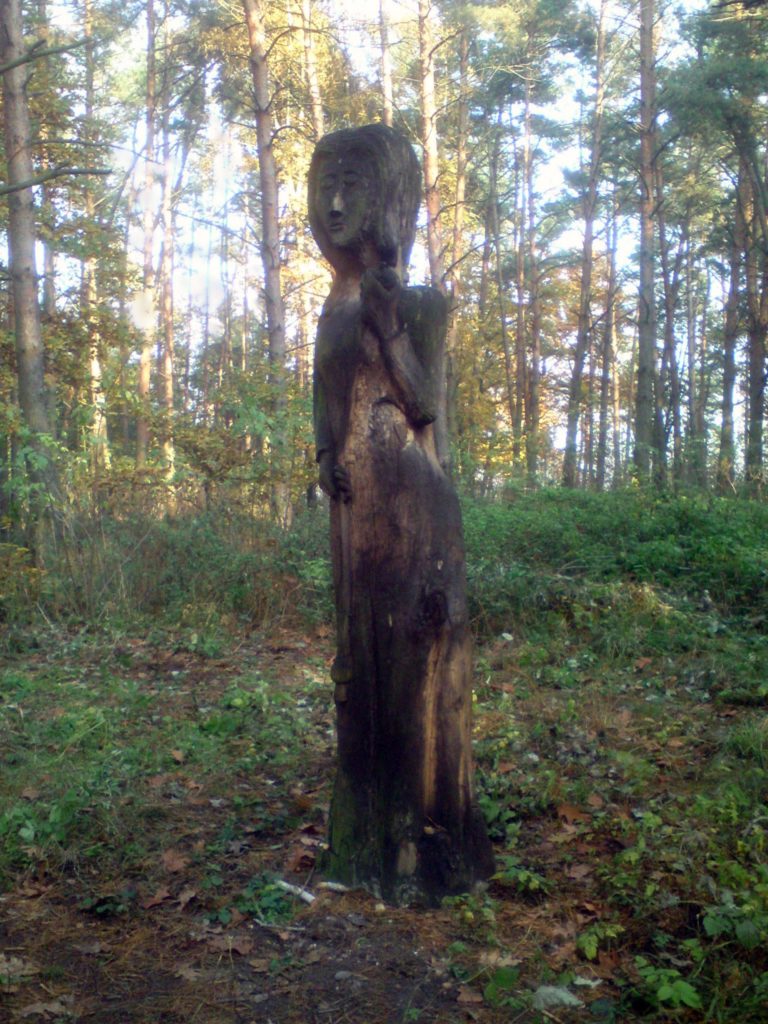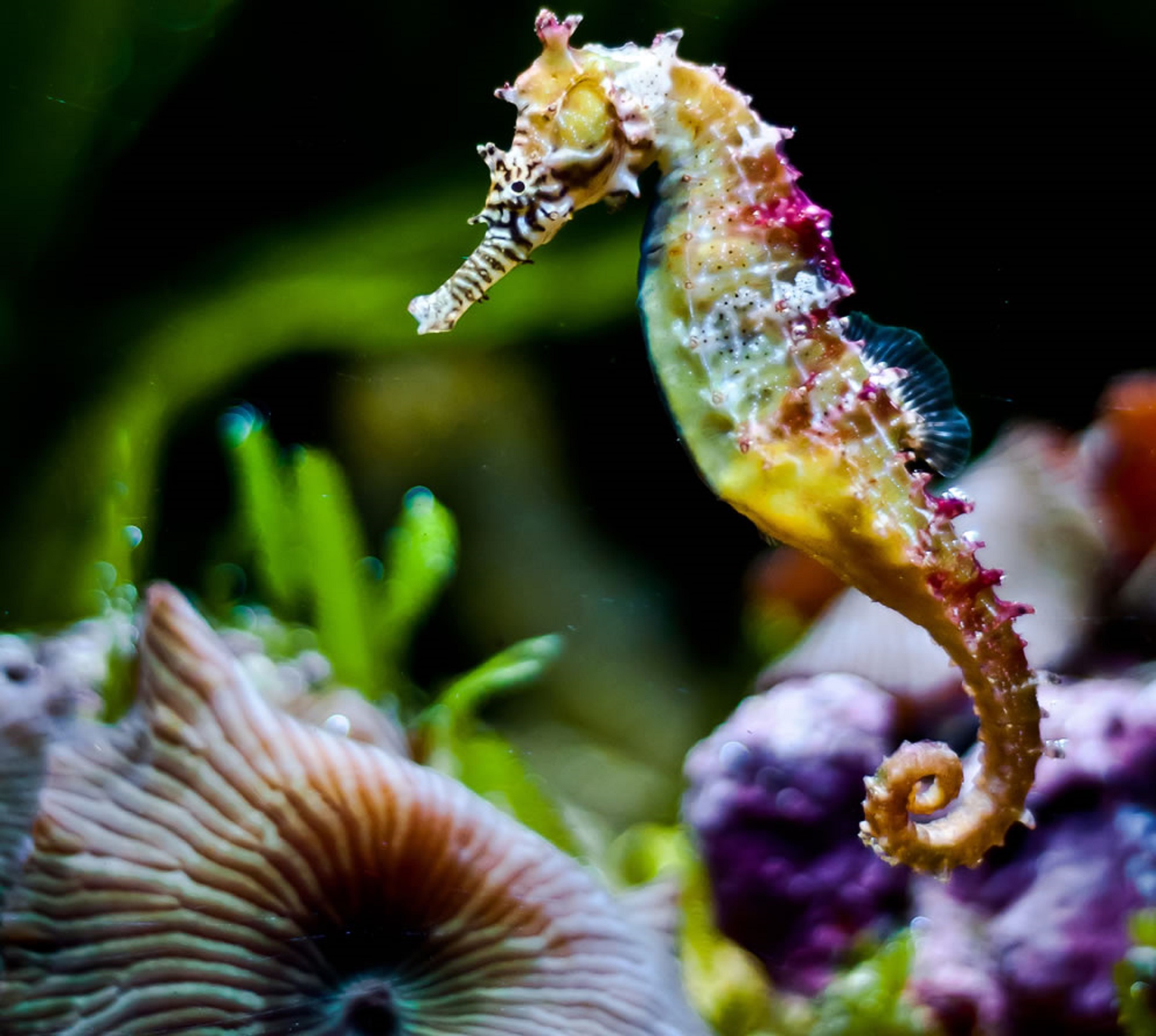
Candles and Magic by W1tchsbrew
Be sure to check her Etsy shop Wood ov Wyrd
Candles have a long and interesting history in religious worship, magic, and folklore. They light the way to the sacred, dispel the forces of darkness, and are associated with ghosts and the dead.
Many believe that the act of burning a candle is an ideal way to forge a connection between the spiritual realm and the world in which we live.
Candles and fire have been vastly utilized in spiritual practices, rituals and divination. Each practice has its own, in depth meaning. This practice, for example, is also known as lychnomancy when it involves three identical candles laid out in a triangle. A variant that seeks divine meaning from the flames of an oil lamp or torch is called lampadomancy. Pyromancy is the act of attempting to tell the future using fire, in which case candles may be used but are not required. It is even believed that ancient Greeks performed pyromancy.

Fire in itself is a source of inspiration and power that has inspired awe and wonder from ancient man, even in the early years of our development. Fire, not only kept the cave man warm and cooked his food, but also frightened away animals for their security. It has been an ever-present force in human history, from prehistory on-wards, across all cultures and continents.
The origin of candles is not known, but there is evidence that beeswax candles were used in Egypt and Crete as early as 3000 B.C.E. Other early candles consisted of tapers made of a fibrous material, such as rushes, saturated with tallow.
Candles have been used as tools in spiritual ceremonies since the Stone Age, and are utilized by countless theologies to this day.
WHAT IS CANDLE MAGIC?
Candle magic can be traced back to Paleolithic times.
Fire changes everything it interacts with, whether it’s turning a love letter into ashes or boiling water on the stove. This transformational energy is what is channeled in candle magic, encouraging and accelerating changes.
Candle magic is an ancient form of manifesting, wish fulfillment, empowering intentions and bringing focus to goals.
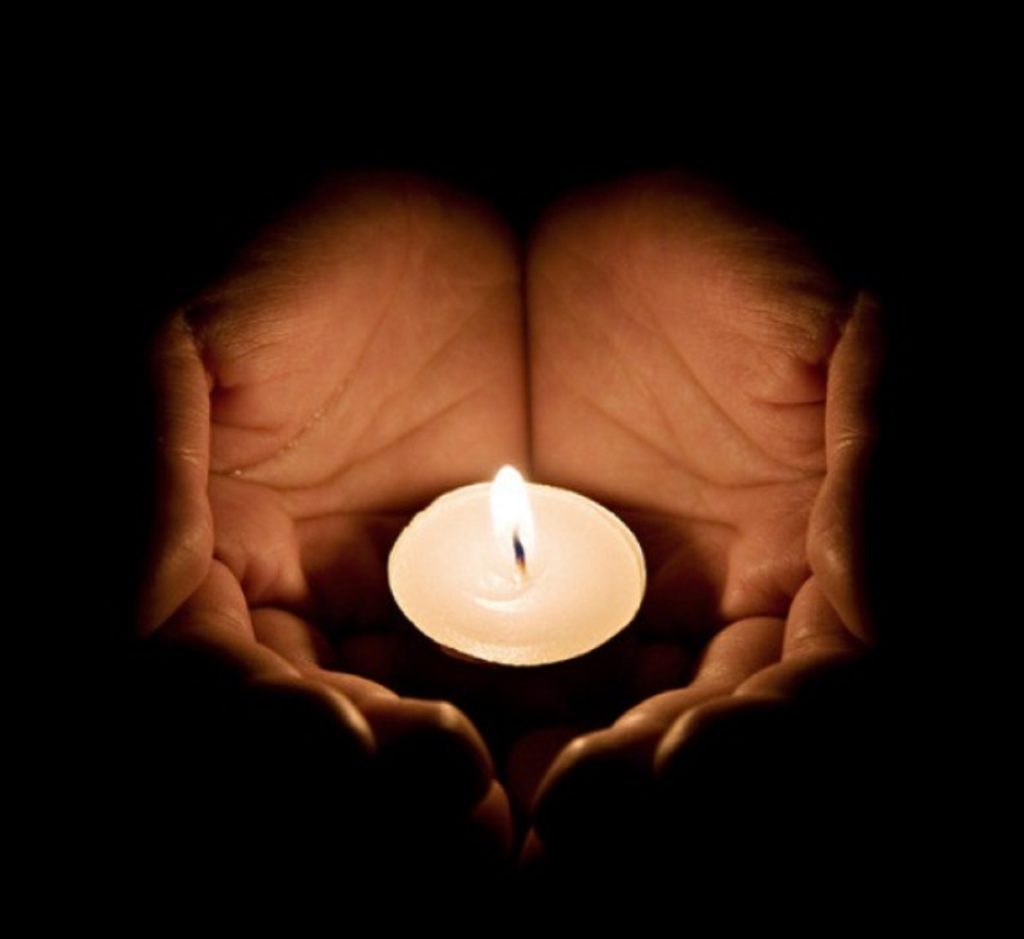
Different candles may be used in various ways based upon the goals and intentions of the practitioner. The creative nature of candles is influenced by an individual’s intention, the practices and behaviors the individual engages in to meet the intention, as well as the physical characteristics inherent within the candle.
PRACTICING CANDLE MAGIC
The practice of candle magic requires more than the mere presence of candles; it requires the involvement of the practitioner and an understanding of the significance the practice holds.

Different candle rituals will yield different results. Additionally, when practicing candle magic, the practitioner must be fully learned in the craft – not only to ensure success, but to be aware of the subtle signs and details that make ALL the difference in ensuring a clear and comprehensive ritual.
For example, black smoke or white smoke indicates negative influences or spiritual influences. Your candle may even speak to you. The crackles and the pops usually indicate something along the lines of someone trying to “spark” conversation, pun intended — you’re receiving messages.
High flames and low flames mean different things. Candle magic is simple, but very in depth.
This ritual practice is an easy, effective way to cast spells for just about anything. A candle ceremony is a powerful method of focusing your intent to achieve specific goals and manifest certain outcomes.
RITUAL CANDLE OPTIONS
Candles are a staple item in any magical tool kit. They’re used to amplify and release energy, and they can either be left (unlit) around your home to promote positive vibes or used (lit) in rituals(spells).

What kind of candles are appropriate for candle magic? The answer – whatever you feel works for you.
You might use chime candles—colorful, skinny candles that are easily accessible, inexpensive online and in just about any metaphysical shop you come across.
Other candle styles you might choose to use are tapered candles, pillar candles, votives, tealights, and even candles of intricate shapes that hold special meanings.
Important considerations for those selecting candles include the following:
- How fast the candle burns
- The length of time the candle will burn
- The quantity of smoke the candle emits
- The movement of flames as the candle burns
CANDLE COLORS
The color of a candle is an important attribute for those who seek deeper divine or spiritual meanings from candles, whether they are lit or unlit.
Various colors reflect different energy forces (meaning that each color possesses, stores, and emits different variations of energy).
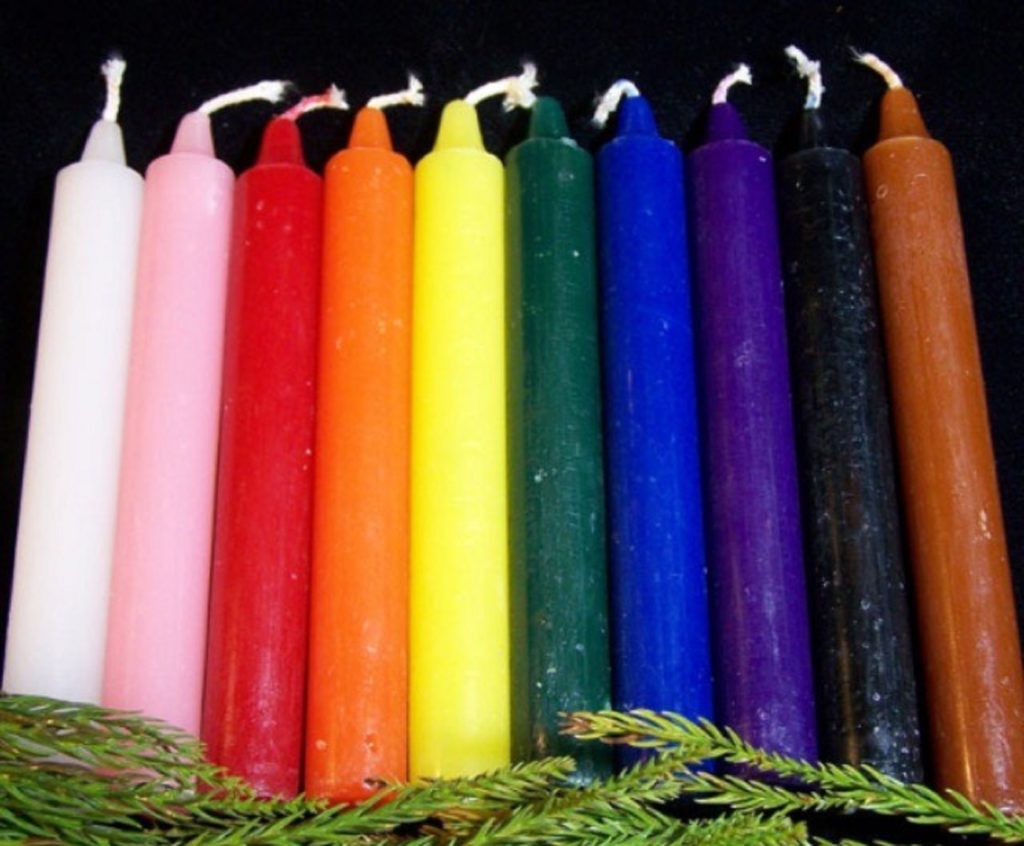
White:
Because white is somewhat of a blank canvas, these candles are also universal when it comes to spell-work.
However, this color is known for its power in new beginnings, cleansing and purification. White also sometimes represents the Crown chakra and can help provide insight and clarity.
Black:
Black will be the candle you reach for when it comes to endings, healing and loss, protection charms or to dispel negative energy. Black is also typically used when practicing baneful candle magic.
Red:
As the color of the fire element and representing the Root chakra, red candles can be used for spells that have anything to do with protection, strength, courage, energy and stamina. Red also represents passion, libido and sex, as well as power.
Blue:
Representing the Throat chakra and the element of water, blue has everything to do with healing, tranquility, and peace. Dark blue will also represent honesty and truth. This color can help with self expression, communication and mental stimulation.
Yellow:
Yellow candles will represent the element of air, as well as the Solar Plexus chakra, and can be utilized for spells related to intellect or focus. It also represents courage, success, determination and joy.

Brown:
The color of the natural element of earth, brown candles can be used for any spells dealing with matters of the home, any and all material things, as well as animals or when working a spell for pets.
Green:
Green is all about finances, prosperity, success and luck. Green also represents the Heart chakra, growth and may be used for spells dealing with fertility, setting new intentions, and health.
Pink:
Pink candles are all about love and tenderness. A pink candle can invite in compassion, self-love, or self-acceptance. This is also the ideal color for spells involving friendships, family and connection.
Orange:
Orange is the color of the Sacral chakra, reconciliation, productivity, and attraction. You’ll also want to reach for an orange candle when in need of a bit of creativity or confidence.
Purple:
As the Third Eye chakra color and representing the divine feminine, purple candles can be used for a number of spells working with justice, mediation, independence, psychic power and clarity. This color also attracts enlightenment and wisdom.
Silver:
Silver embodies the energy of the moon. You’ll use a silver candle when it comes to spells related to intuition, purification, self reflection or physiological realizations.
Gold:
Gold is the color of the divine masculine and represents the Sun’s energy. You can also use a gold candle when it comes to spells dealing with prosperity, ambition, business and success.
Author Jacki Smith, founder of Coventry Creations (currently among the largest and most successful magical supply companies), shares her magical secrets with readers, enabling them to empower themselves through successful spell casting. Her book explains the nature of magic spells and provides examples for a wide variety of purposes including love, money, healing, and protection, liberally punctuated with tips from “Aunt Jacki,” deriving from her many years of experience.
The Big Book of Candle Magic shows: How to create your own candles
The basics of crafting your own spells
How to use basic supplies for everyday magic
SETTING THE SCENE
Before diving in to any sort of ritual or magic, it is imperative that the practitioner be in the right headspace.
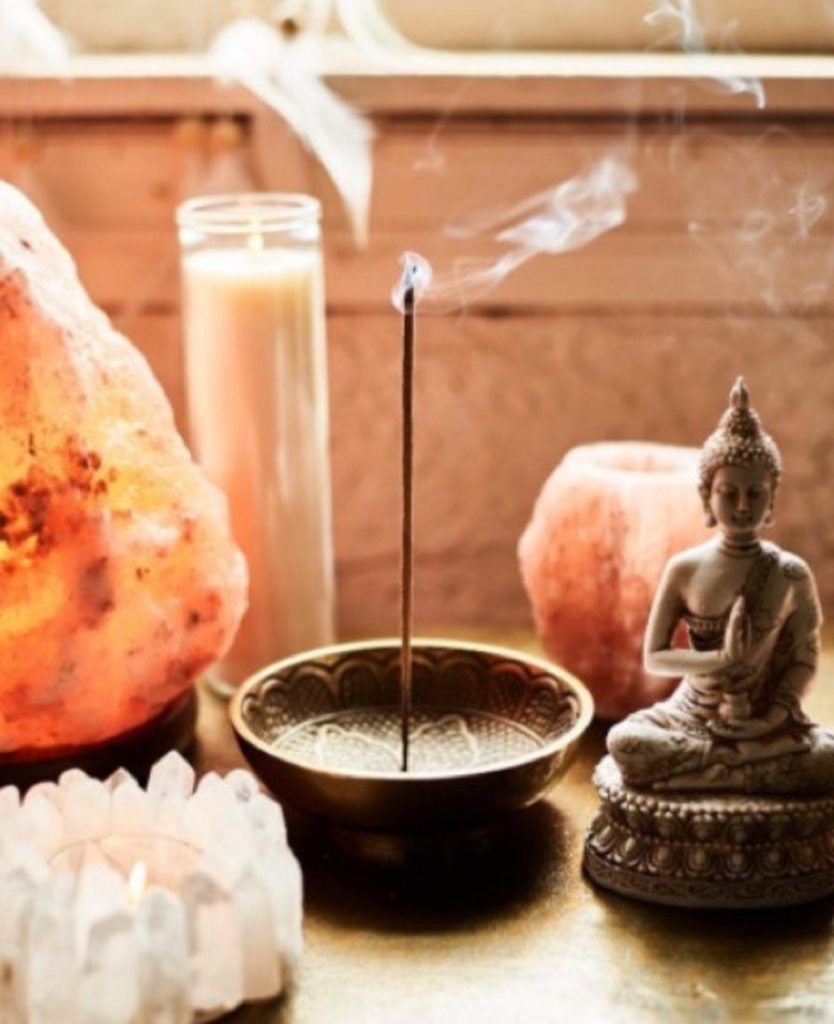
Cleansing your physical space is as equally important. There are countless ways to cleanse the energy of a room or an object. You may choose to cleanse with smoke, aromatic mists, or even sound.
You may sprinkle some herbs in the bathtub or shower to bathe and ritually cleanse yourself to prepare for your magical work. (Cleansing prior to any ritual, candle or otherwise, is always highly encouraged.)
“Dressing” your ritual candle(s) is another recommended practice prior to performing a candle spell.
This involves rubbing the candle with oil such as almond, coconut, or jojoba, with added essential oils if preferred.
Rub the candle from top to bottom to draw things to you or from bottom to top to send things away.
As you rub the candle with oil, focus on your goal and mentally *pour* that vision into the candle.
Herbs are another wonderful addition to any ritual and will easily stick to an oil-dressed candle. Depending on what spell or intention you’re wanting to manifest with your candle spell, you can incorporate corresponding herbs as a boost (basil for abundance, rose petals for love, rosemary for healing, etc’.)

Additionally, when preparing a space for candle magick, (be it an altar, porch table etc’) including other herbs, crystals or incense is a very common practice as it can strengthen the ritual energy.
Always make sure to set your candle on a fire-proof surface, ensure there isn’t anything above or near your candle that could easily catch fire, and keep pets and children away from your candle setup. Finally, never leave a candle burning in your home unattended.
THE BEST TIMES FOR CANDLE MAGICK
Most spell casting is done at night, because the ambiguity of darkness leaves room for transformation.
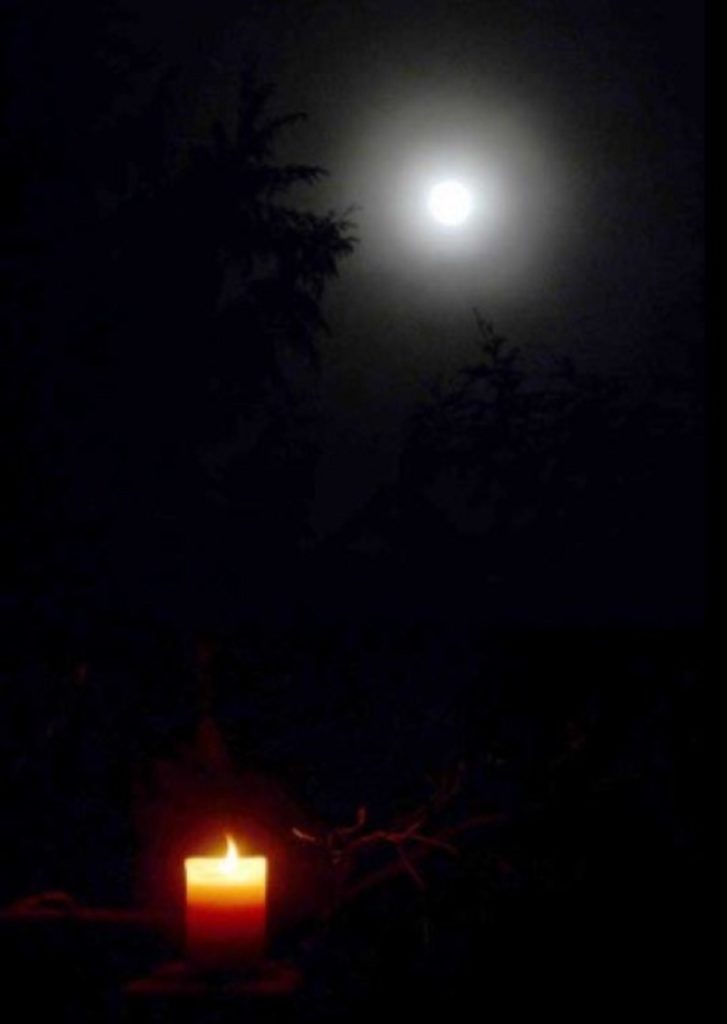
Through experience, you’ll learn when your most powerful time is. For some, they’re at their best around dusk, while others prefer midnight, while still some others swear by the pre-dawn hours.
Regardless, candle magic is especially suited for darkness so that you may better study the flame.
Many candle magic practitioners will recommend aligning your candle workings with the cycles of nature.
This is believed to add an immense dose of power to the spell.
The Moon cycle each month provides a steady structure around which you can craft your candle ritual.
New Moons, for instance, mark the beginning of a new cycle and are excellent times to cast spells to attract new desires, planting seeds for the cycle to come.
Full Moons, marking the end of a lunar cycle, are great times for banishing that which no longer serves you. It is a time for closure, resolution and completion of goals.
The two weeks following the New Moon is a time marked for beginnings, while the two weeks following the Full Moon is a time marked for endings. Schedule your spell accordingly.
PREFORMING A CANDLE RITUAL
Once your space has been cleansed, your colors chosen, and your ritual area prepared, you’re now ready to cast your candle spell intention.

Hold your candle in your hands and visualize your goal. The more clear and focused your intention is, the more likely that your manifestation will occur.
You may even choose to write your intention(s) down on a small piece of paper to later burn during your ritual. Another option is to etch your intention(s) into the candle wax.
It is also acceptable to simply speak the intention(s) aloud – as you’re lighting your candle. The choice is entirely personal.
Once the intention is set, it’s time to light your candle.
During your candle’s burn, you may chant your intentions, or simply meditate for a time and then leave the candle to burn out on its own accord. However, should an abrupt or unexpected need arise, it is perfectly acceptable to put out your candle’s flame.

There is a common belief (amongst less experienced magic practitioners) that one must never blow the candle out, lest the intention be “lost” – this is a misconception.
You can simply relight your candle and reset the intention whenever you feel the time is best. The true power of any spell lies within the intention – not the medium or materials alone.
If you consciously will your intention away as you blow out your candle – that’s exactly what will happen. Whereas if you simply blow out your candle while planning to relight it, with your intention still consciously set – you’re good to go.
It’s as simple as that.
Once your candle has been charged with your intention, you may even perform a daily ritual where you re-light your candle while repeating your intention, until the candle is fully burned down. Alternatively, you may decide to use your ritual space to perform a spell in one session.
During a candle ritual, it is important to focus on the manifestation taking place throughout the candle spell.
Act with full confidence that the outcome is now inevitable. If you continue dwelling on the original problem, you will suffocate the magic before it has the chance to initiate change. However, by projecting confidence, you’ll insure your candle spell has the space to work its magic successfully.

Candle magic allows individuals to have interactions with elemental energies, the world surrounding them, the broader universe, and their powers within.
With self-reflection, focus and sound judgment, candle magic can be used to transform yourself, your life and even your future.
This simple yet profound tool can make powerful magic. Whether you want to call in abundance, success, love or protection – a little candle magic is all you need.
Further Resources
Candle Magic for Beginners: Spells for Abundance, Love, and Healing
Candle Magick – Different Forms
Candle Magic – Colors, Rituals and Meanings
The History of Candle Making: From Ancient Civilizations to Modern Day
6 Interesting Facts About the History of Candles
Tradition, History & Development of Candles







